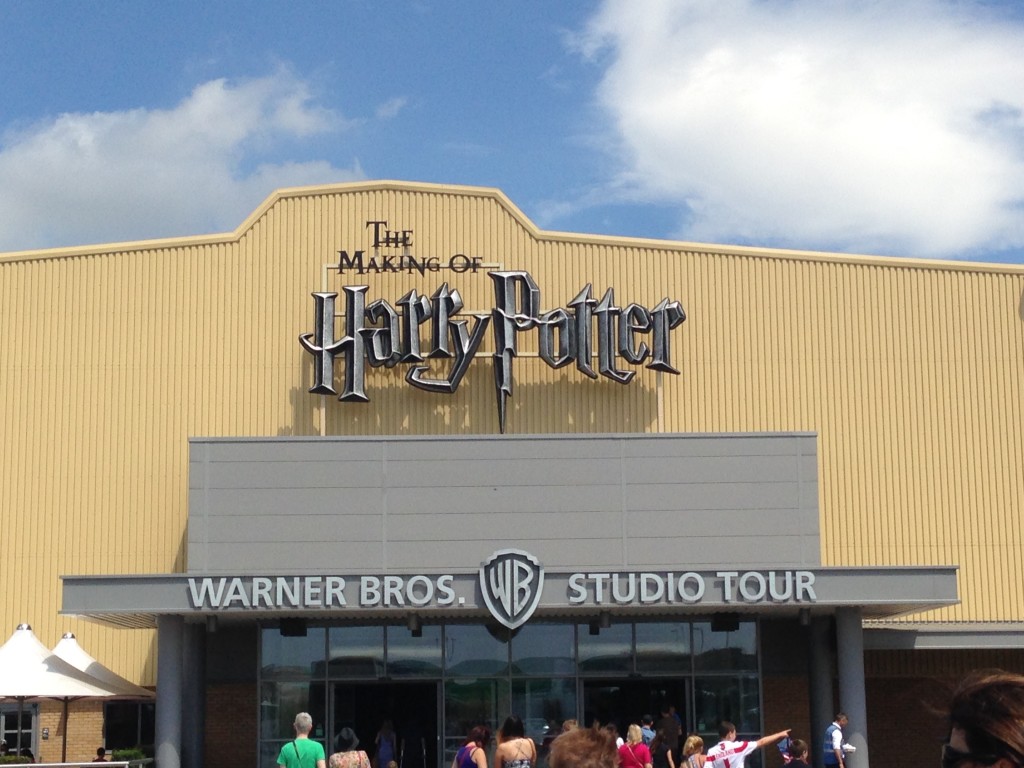 If you’re a fan of Harry Potter you are going to love what we have for you today. I started reading the books when I was young, attended many a midnight release party for each subsequent novel that came out, and did the same for each film. Last time we were in London, we had the opportunity to pay a visit to Leavesden Studios, located about 20 miles northwest of London, and home of the Warner Brothers Studio Tour of The Making of Harry Potter. I will say, I had VERY high expectations of this tour, and they were fully exceeded. The amazing thing about this tour is that you get to step foot on the ACTUAL sets in the ACTUAL studio where the movies were filmed. The level of detail, most of which doesn’t come across on film, that each of these sets hold is amazing. Click through to see more of the
If you’re a fan of Harry Potter you are going to love what we have for you today. I started reading the books when I was young, attended many a midnight release party for each subsequent novel that came out, and did the same for each film. Last time we were in London, we had the opportunity to pay a visit to Leavesden Studios, located about 20 miles northwest of London, and home of the Warner Brothers Studio Tour of The Making of Harry Potter. I will say, I had VERY high expectations of this tour, and they were fully exceeded. The amazing thing about this tour is that you get to step foot on the ACTUAL sets in the ACTUAL studio where the movies were filmed. The level of detail, most of which doesn’t come across on film, that each of these sets hold is amazing. Click through to see more of the
Best. Day. Ever.
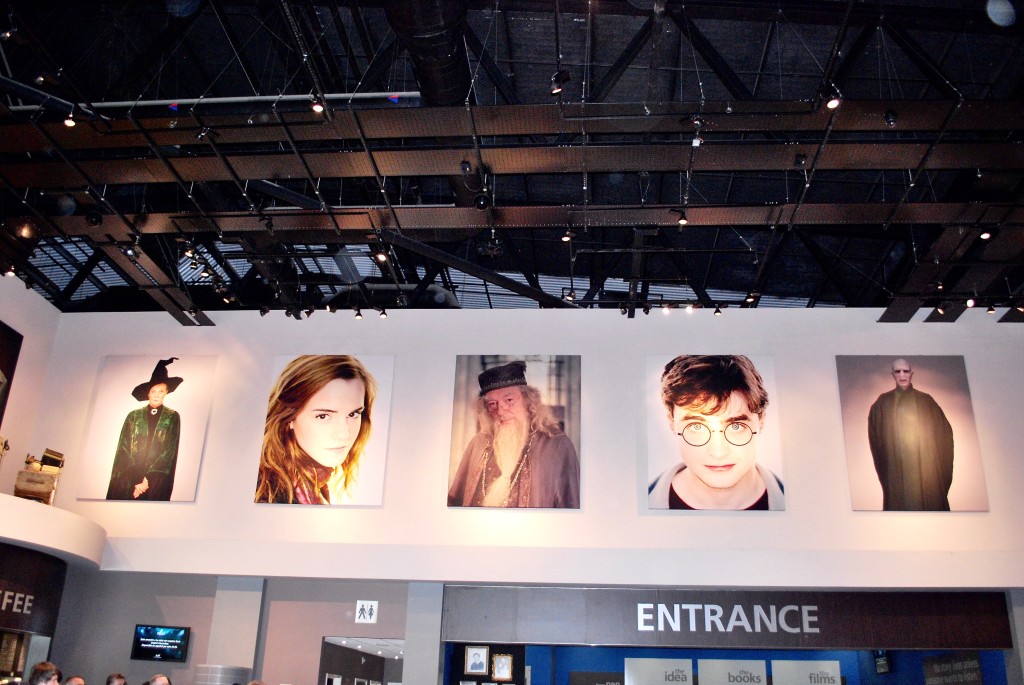 I would highly recommend picking up a digital guide to take along with you on your tour. The guides are filled with facts and tidbits about everything you are seeing as you walk through the studios, and the guided tour is narrated by Tom Felton aka Draco Malfoy. By taking our time walking through the tour, relishing in all the details, and fully listening to our guide/watching the behind the scenes videos you could view on the device, we easily spent over four hours here.
I would highly recommend picking up a digital guide to take along with you on your tour. The guides are filled with facts and tidbits about everything you are seeing as you walk through the studios, and the guided tour is narrated by Tom Felton aka Draco Malfoy. By taking our time walking through the tour, relishing in all the details, and fully listening to our guide/watching the behind the scenes videos you could view on the device, we easily spent over four hours here.
 I won’t ruin the surprise of this moment, in case you plan to take the tour, but let’s just say I may have cried.
I won’t ruin the surprise of this moment, in case you plan to take the tour, but let’s just say I may have cried.
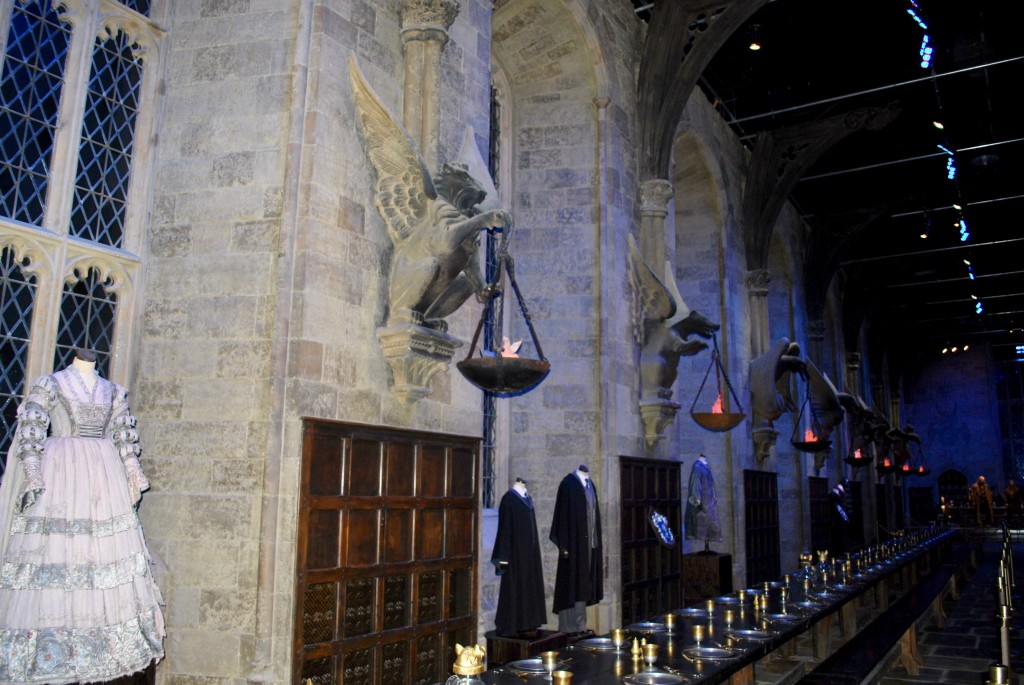 The Great Hall was fabulously intricate. There was so much to look at it was hard to take it all in.
The Great Hall was fabulously intricate. There was so much to look at it was hard to take it all in.
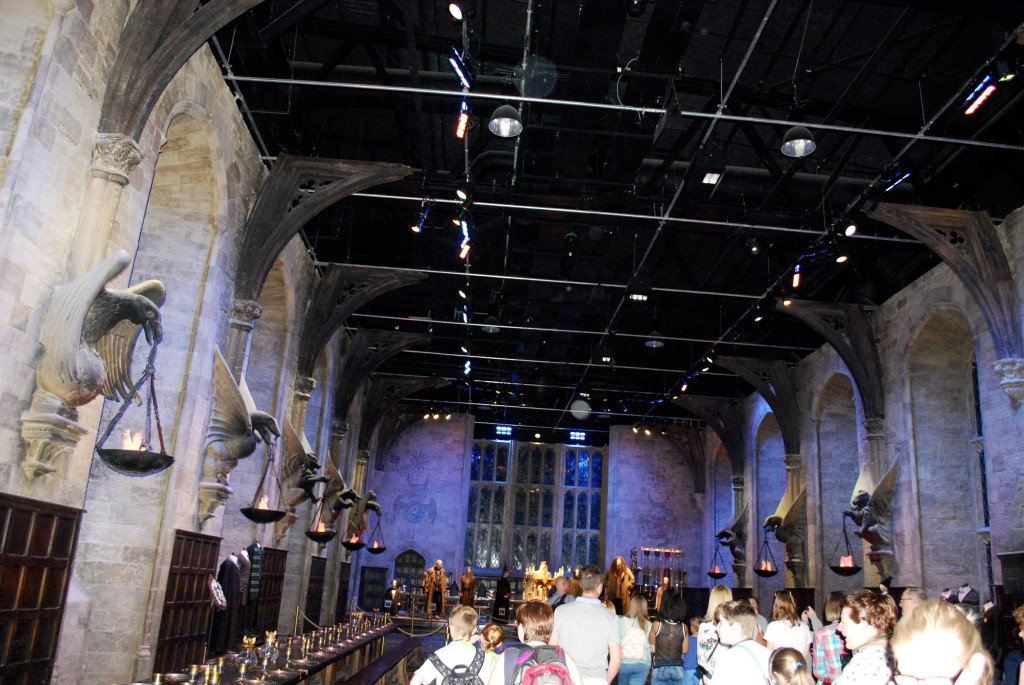 Sadly, there is not an enchanted ceiling or thousands of floating candles in real life.
Sadly, there is not an enchanted ceiling or thousands of floating candles in real life.
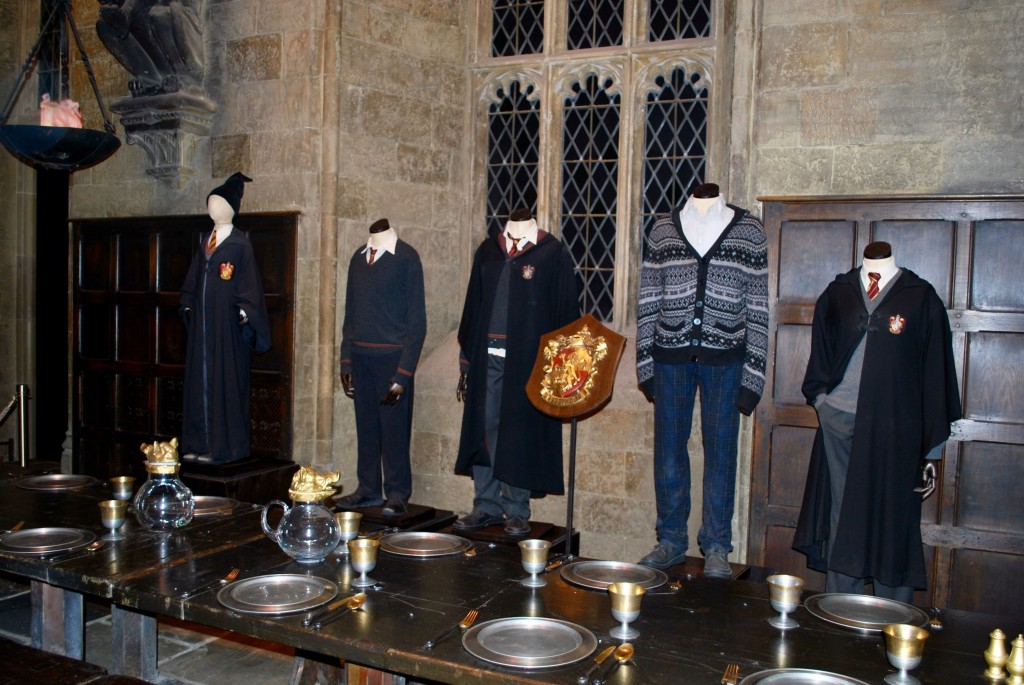 Gryffindor’s house table and uniforms.
Gryffindor’s house table and uniforms.
 The best professor’s around. Notice the house point counter on the back wall behind Hagrid. It was rarely shown on screen, but each vial contains thousands of glass beads.
The best professor’s around. Notice the house point counter on the back wall behind Hagrid. It was rarely shown on screen, but each vial contains thousands of glass beads.
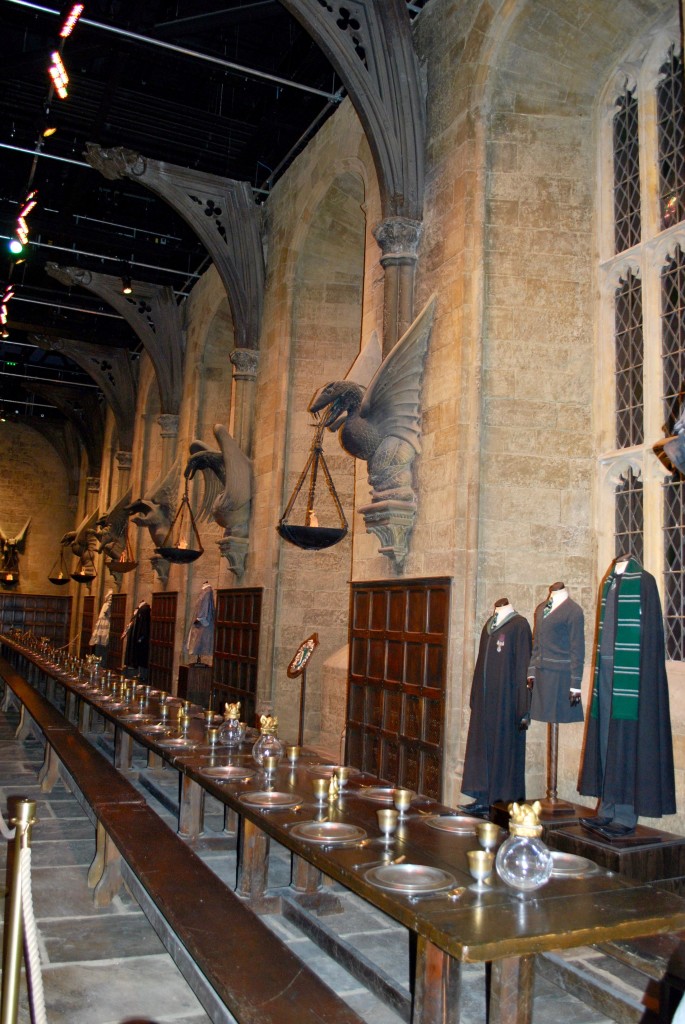 Each of the torches on the wall is a carving of on of the four house animals.
Each of the torches on the wall is a carving of on of the four house animals.
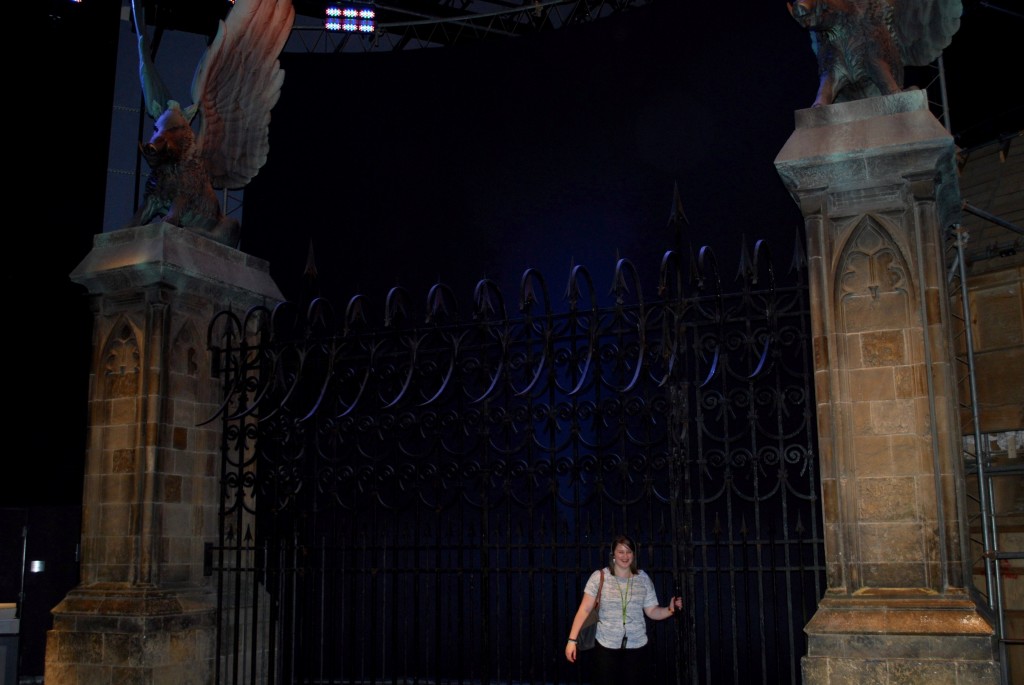 I got a letter. I promise. Let me in!
I got a letter. I promise. Let me in!
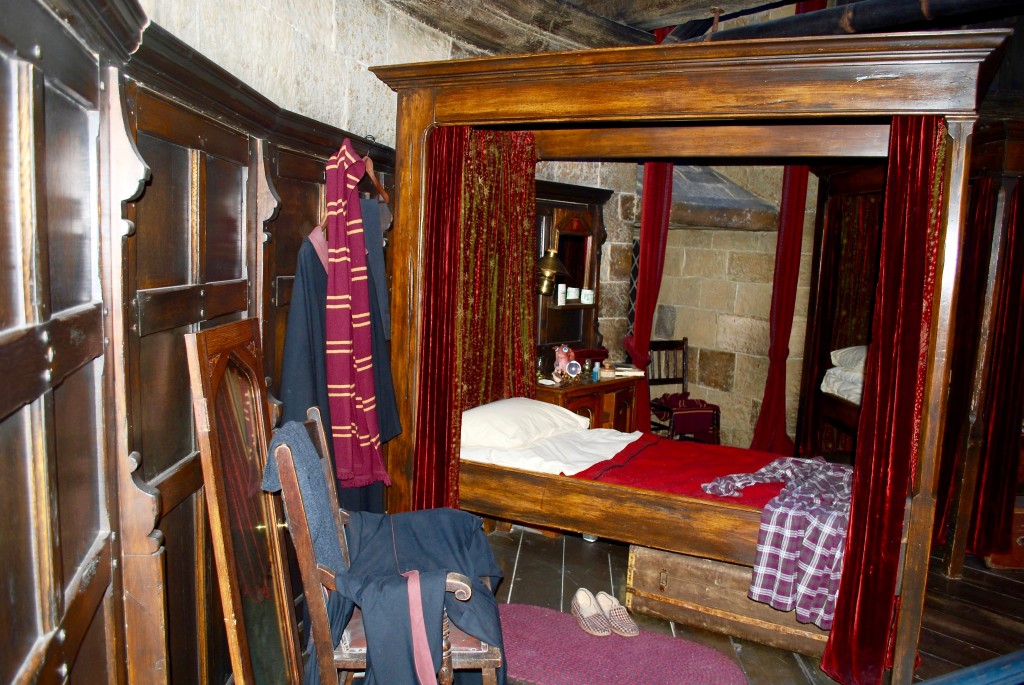 The boys’ dormitory was much smaller in person than it appears on screen. The beds were originally made to accommodate the boys in the first film, and by the end the beds were so tiny that the actors had to curl up their legs in order to fit.
The boys’ dormitory was much smaller in person than it appears on screen. The beds were originally made to accommodate the boys in the first film, and by the end the beds were so tiny that the actors had to curl up their legs in order to fit.
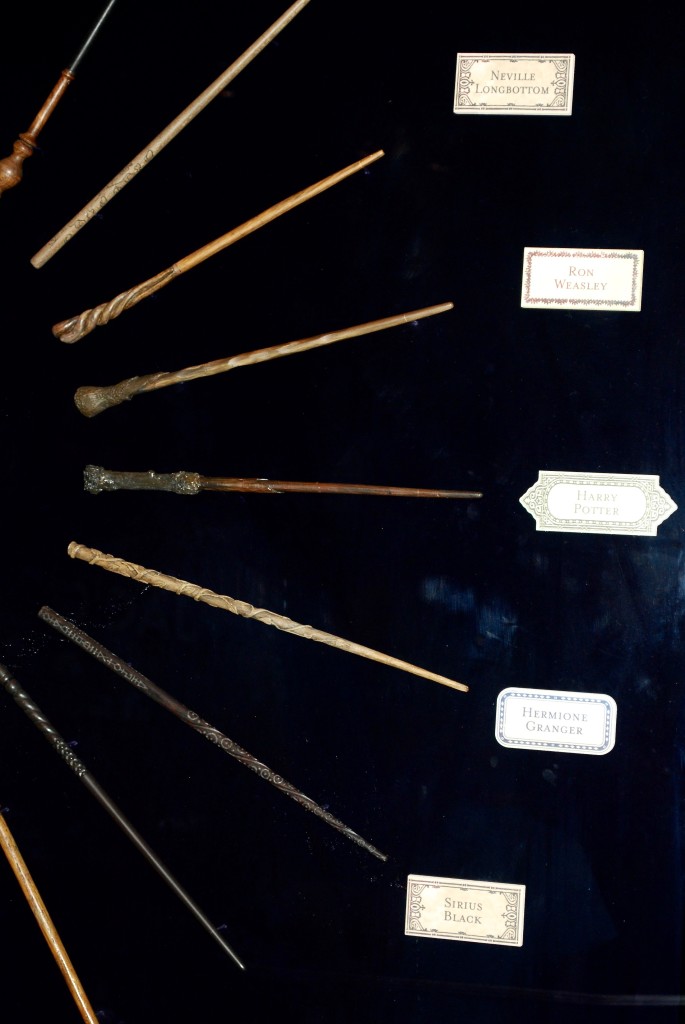 And some of the cast’s wands. More than 3,000 wands were made for the films!
And some of the cast’s wands. More than 3,000 wands were made for the films!
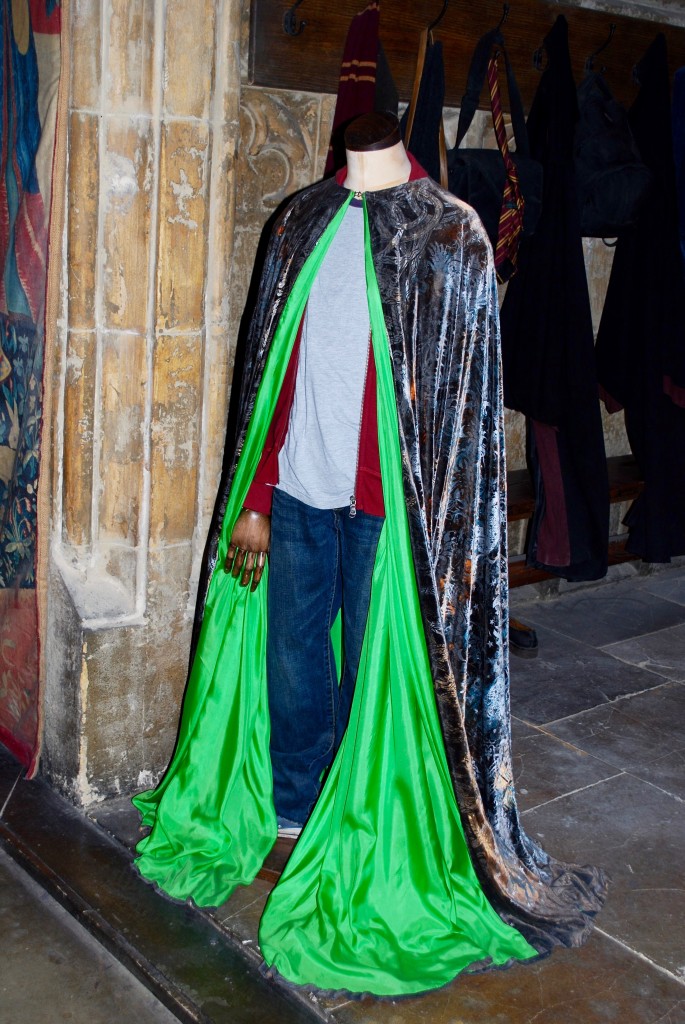 The invisibility cloak is printed with Celtic symbols and ancient runes, and the green fabric lining allowed the visual effects department be able to make Harry appear invisible.
The invisibility cloak is printed with Celtic symbols and ancient runes, and the green fabric lining allowed the visual effects department be able to make Harry appear invisible.
 Dumbledore’s office was my absolute favorite set.
Dumbledore’s office was my absolute favorite set.
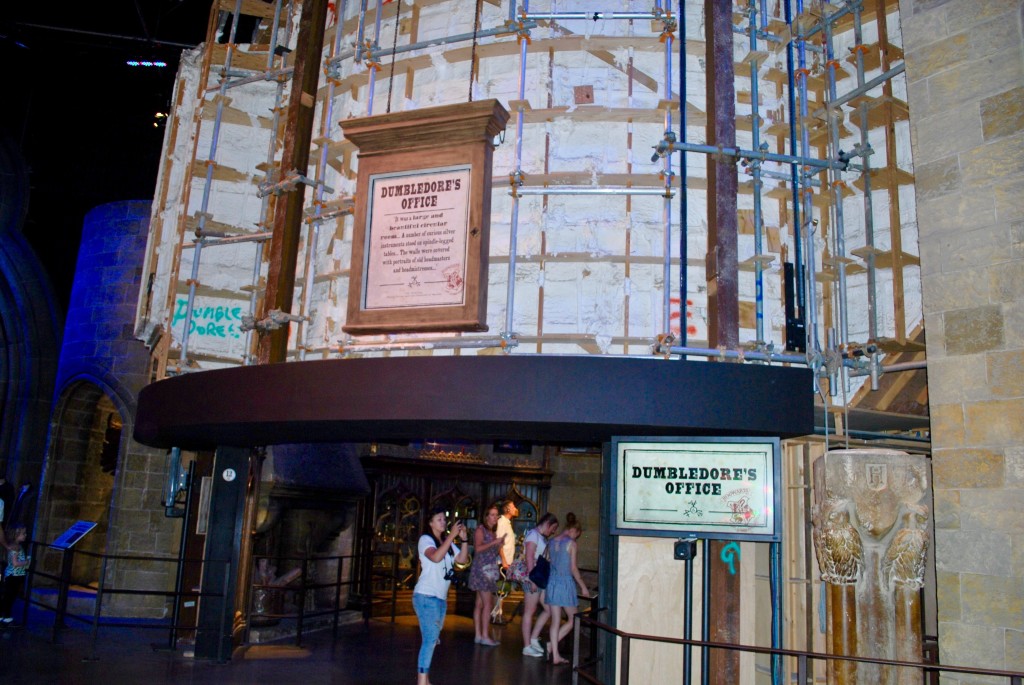 Here’s a little peek of real life….
Here’s a little peek of real life….
 ….before you step inside to the magic. No pun intended.
….before you step inside to the magic. No pun intended.
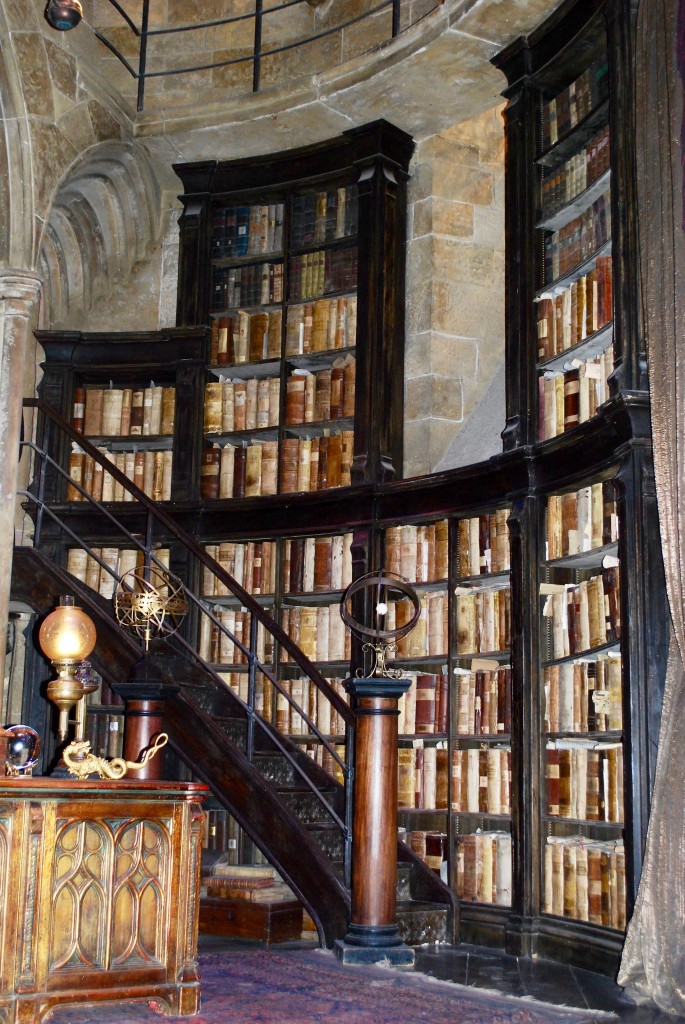 All the books on the shelves are actually phonebooks covered in leather!
All the books on the shelves are actually phonebooks covered in leather!
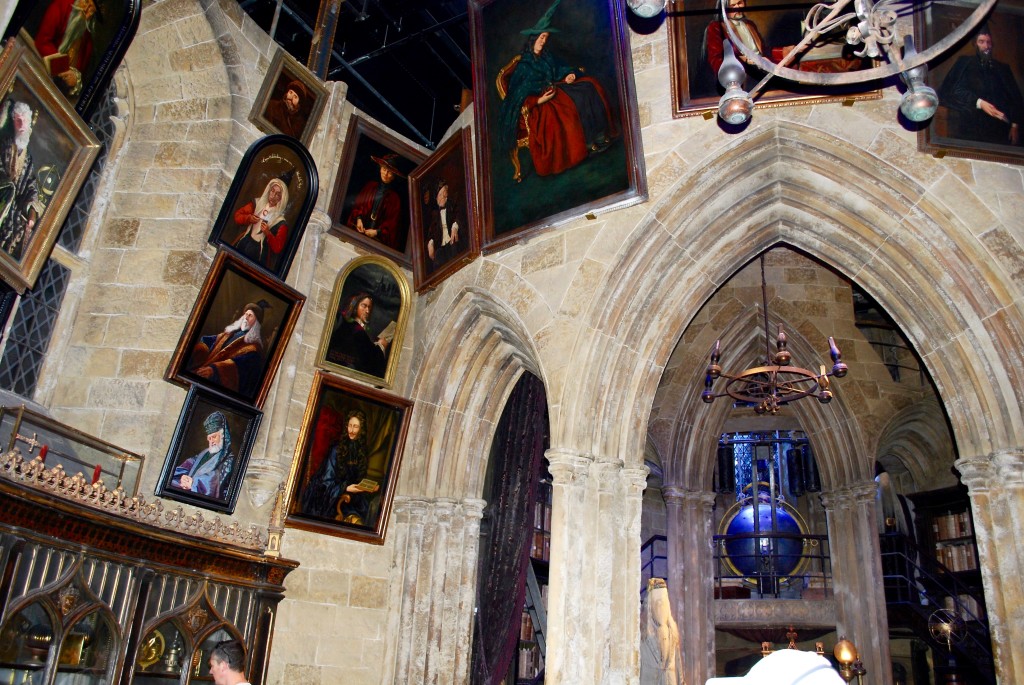 Dumbledore’s telescope (the sphere in the lower left corner of the above photo) was the most expensive prop created for the film series, and it’s only ever seen in the background.
Dumbledore’s telescope (the sphere in the lower left corner of the above photo) was the most expensive prop created for the film series, and it’s only ever seen in the background.
 After a visit to Dumbledore’s office we were off to potions class.
After a visit to Dumbledore’s office we were off to potions class.
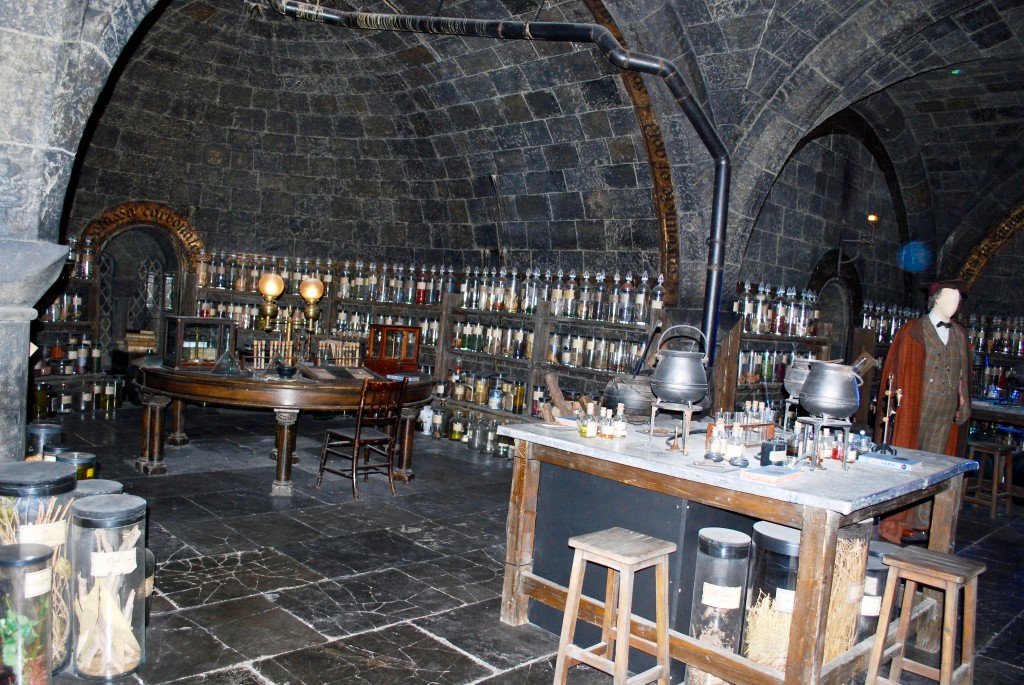 The room was designed to appear as if it was located in a dark underground corner of the castle.
The room was designed to appear as if it was located in a dark underground corner of the castle.
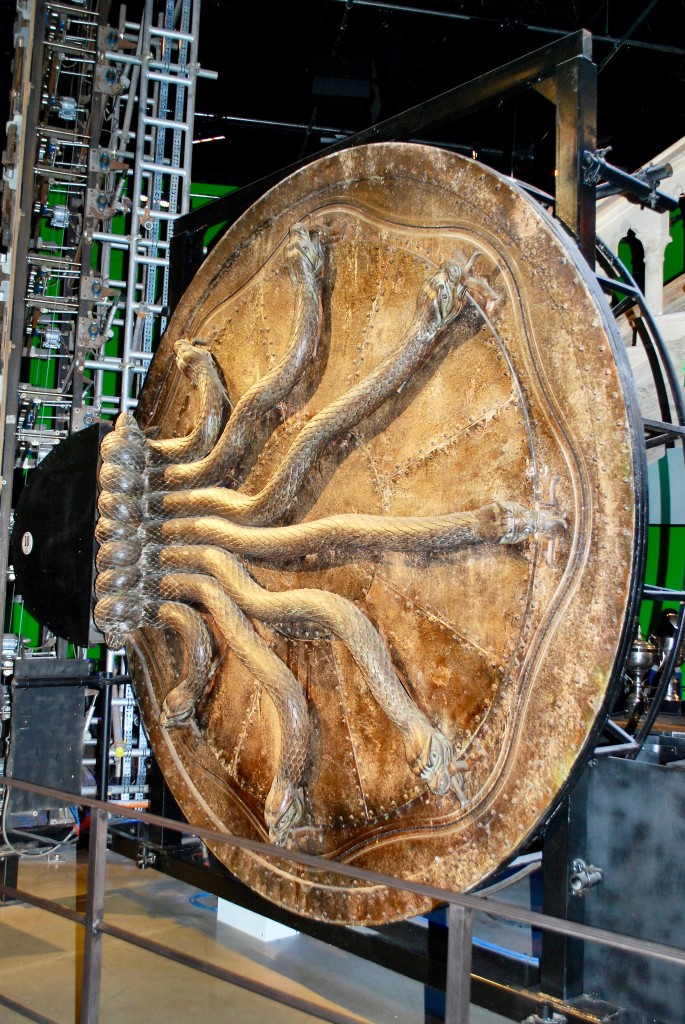 It would be easy to assume that this door from Chamber of Secrets was a computer generated special effect, but it was actually hand built by the special effects department into the intricate door we see on screen.
It would be easy to assume that this door from Chamber of Secrets was a computer generated special effect, but it was actually hand built by the special effects department into the intricate door we see on screen.
 The Burrow was so cozy I wanted to plop into one of those chairs at the table and dig in to whatever Mrs. Weasley was cooking.
The Burrow was so cozy I wanted to plop into one of those chairs at the table and dig in to whatever Mrs. Weasley was cooking.
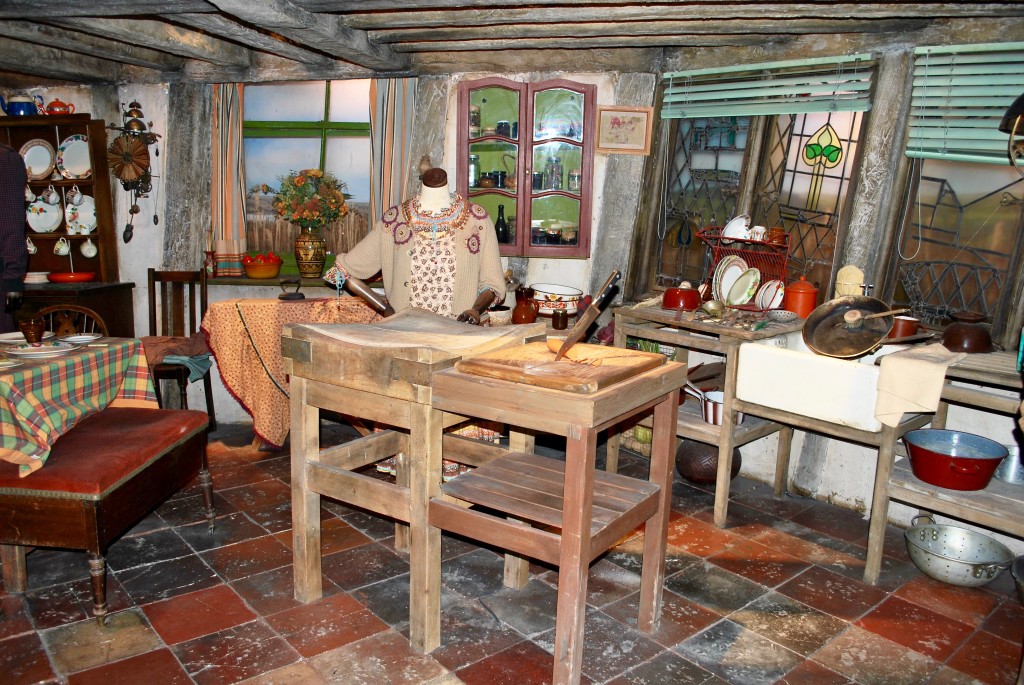 The special effects department created several magical household items that physically operated on camera, such as the knife chopping on the cutting board and the self-washing frying pan in the sink.
The special effects department created several magical household items that physically operated on camera, such as the knife chopping on the cutting board and the self-washing frying pan in the sink.
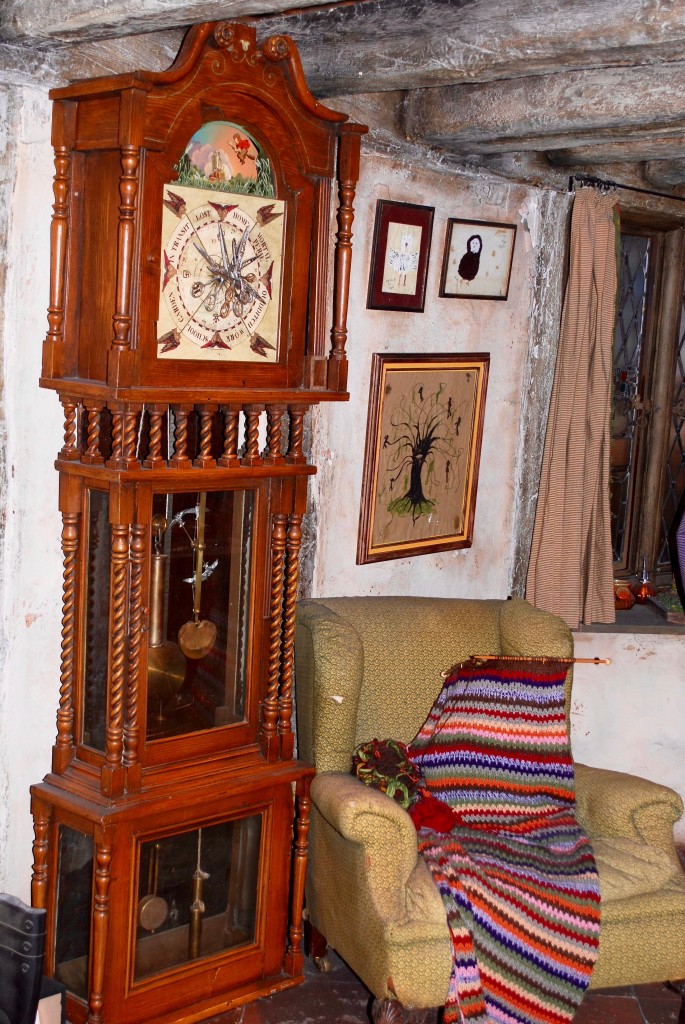 The Weasley family clock was purchased at an auction and was transformed by the prop team into the unique clock that allowed Mrs. Weasley to know where each of her family members were at all times.
The Weasley family clock was purchased at an auction and was transformed by the prop team into the unique clock that allowed Mrs. Weasley to know where each of her family members were at all times.
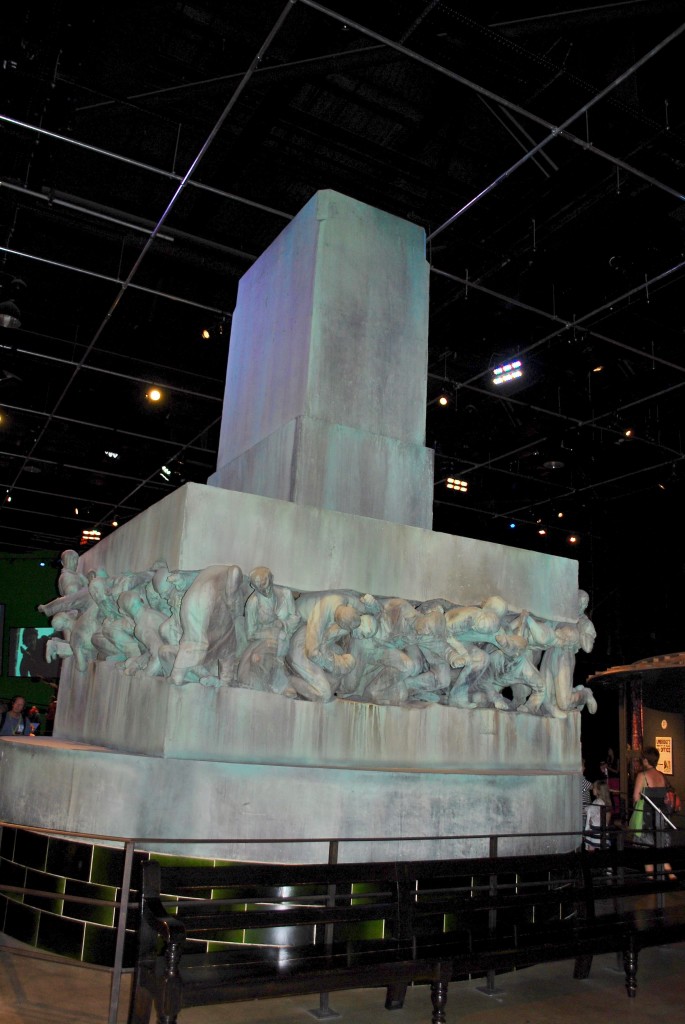 This statue in the entrance of the Ministry of Magic is visually impressive, but it’s actually foam that’s hand sculpted and painted!
This statue in the entrance of the Ministry of Magic is visually impressive, but it’s actually foam that’s hand sculpted and painted!
 Dolores Umbridge’s office inside the Ministry of Magic, kitten plates and all, was very ornate. And very pink.
Dolores Umbridge’s office inside the Ministry of Magic, kitten plates and all, was very ornate. And very pink.
 The Marauder’s Map was designed by the graphics department, using lines of handwritten text including names and hidden messages. The map first appeared in the third film, and was redesigned for each film after with new layers, hallways, and text.
The Marauder’s Map was designed by the graphics department, using lines of handwritten text including names and hidden messages. The map first appeared in the third film, and was redesigned for each film after with new layers, hallways, and text.
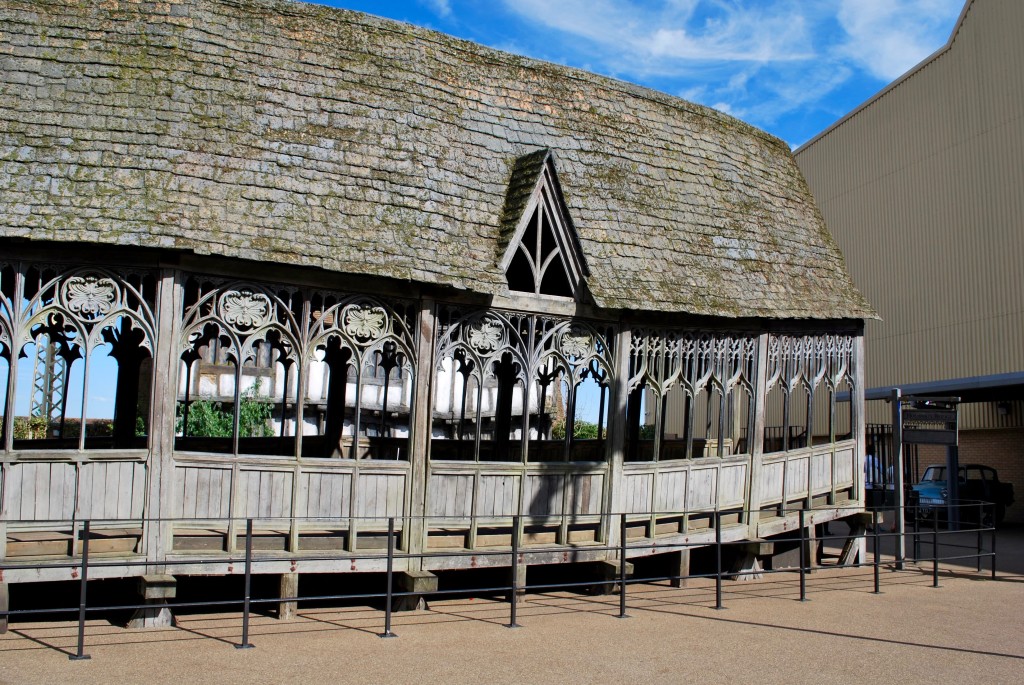 This iconic Hogwarts bridge wasn’t actually in the original novel or script, but was created for Harry Potter and the Prisoner of Azkaban. Only one section of the bridge was built, and the visual effects department created the remaining sections using computer generated effects.
This iconic Hogwarts bridge wasn’t actually in the original novel or script, but was created for Harry Potter and the Prisoner of Azkaban. Only one section of the bridge was built, and the visual effects department created the remaining sections using computer generated effects.
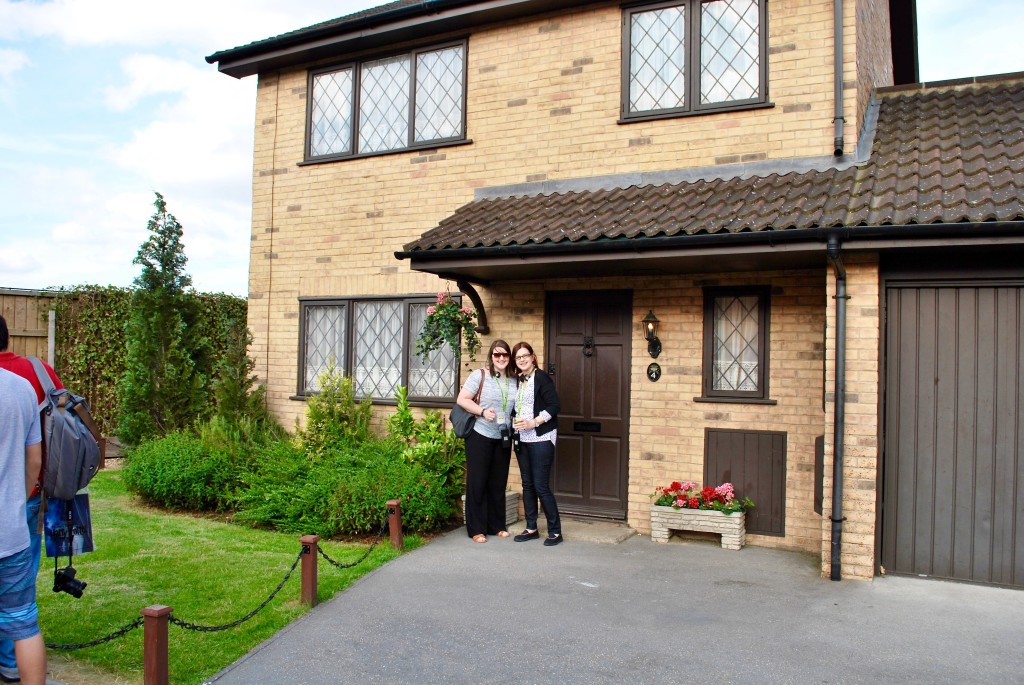 Number 4 Privet Drive. Unfortunately the Dursley’s didn’t seem to be home.
Number 4 Privet Drive. Unfortunately the Dursley’s didn’t seem to be home.
 The Knight Bus stands at 22 feet tall and was created from pieces of three vintage London double decker buses.
The Knight Bus stands at 22 feet tall and was created from pieces of three vintage London double decker buses.
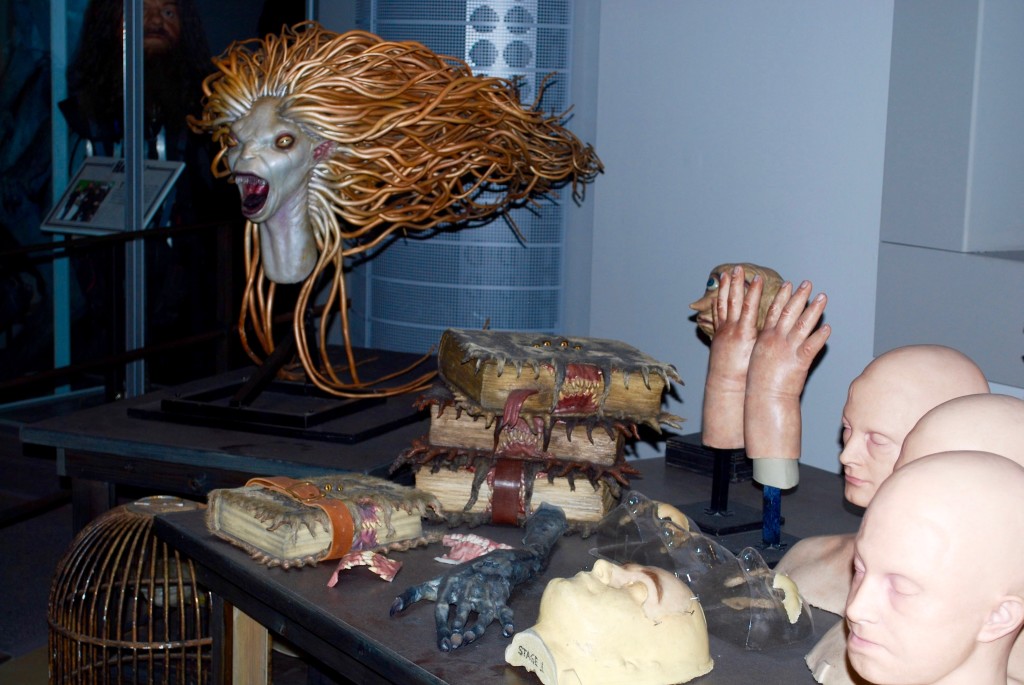 Hundreds of creatures were created throughout the film series.
Hundreds of creatures were created throughout the film series.
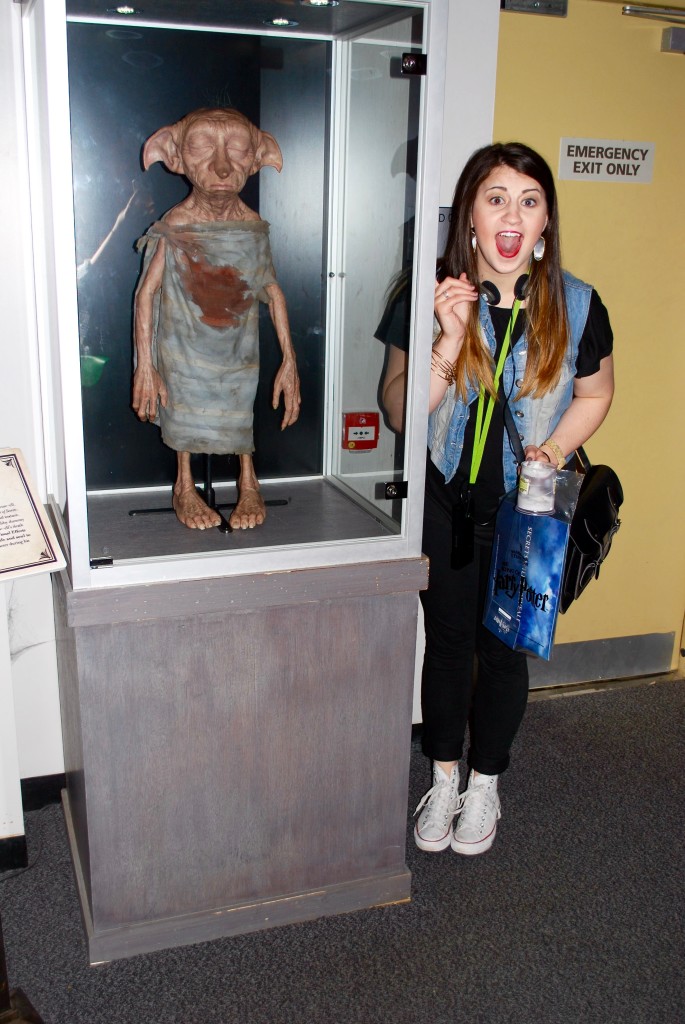 The Creature Effects department built a life-size version of Dobby for the actors to work with, and then the visual effects department applied computer generated facial expressions and movement to create the Dobby we see on screen.
The Creature Effects department built a life-size version of Dobby for the actors to work with, and then the visual effects department applied computer generated facial expressions and movement to create the Dobby we see on screen.
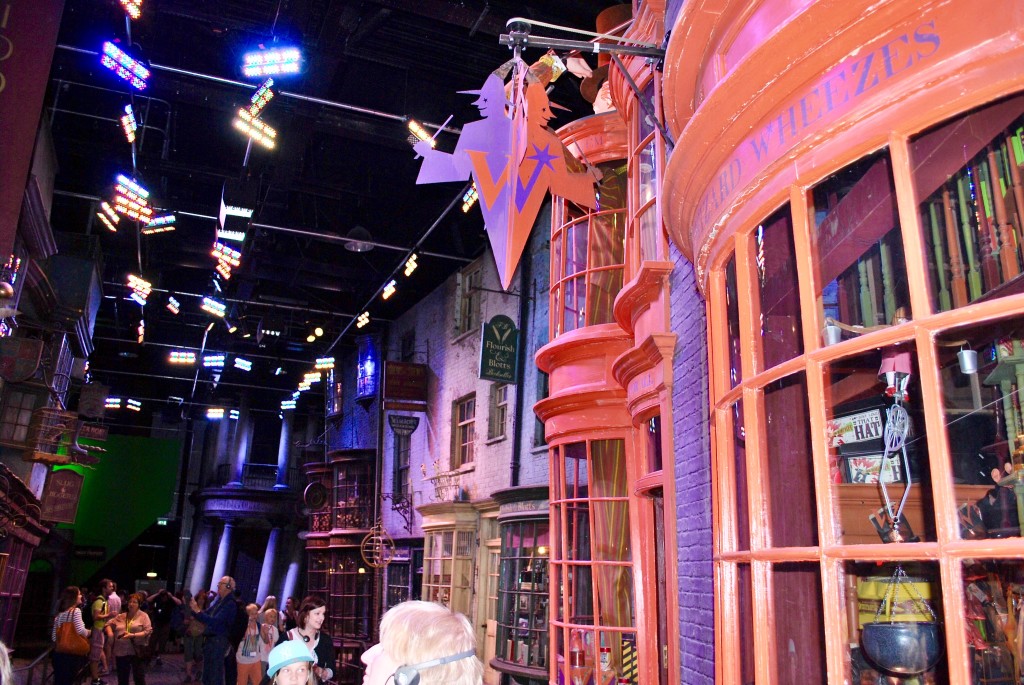 Walking down the street of Diagon Alley was the moment where I truly felt like I was inside the film. I remember thinking that the street was much narrower than it seemed like it would be. The Diagon Alley set constantly changed throughout the film series. Since it’s inception in the first film, shop fronts have been moved and entire buildings have been tweaked. Many of the Diagon Alley set pieces were re-dressed to create the village of Hogsmeade.
Walking down the street of Diagon Alley was the moment where I truly felt like I was inside the film. I remember thinking that the street was much narrower than it seemed like it would be. The Diagon Alley set constantly changed throughout the film series. Since it’s inception in the first film, shop fronts have been moved and entire buildings have been tweaked. Many of the Diagon Alley set pieces were re-dressed to create the village of Hogsmeade.
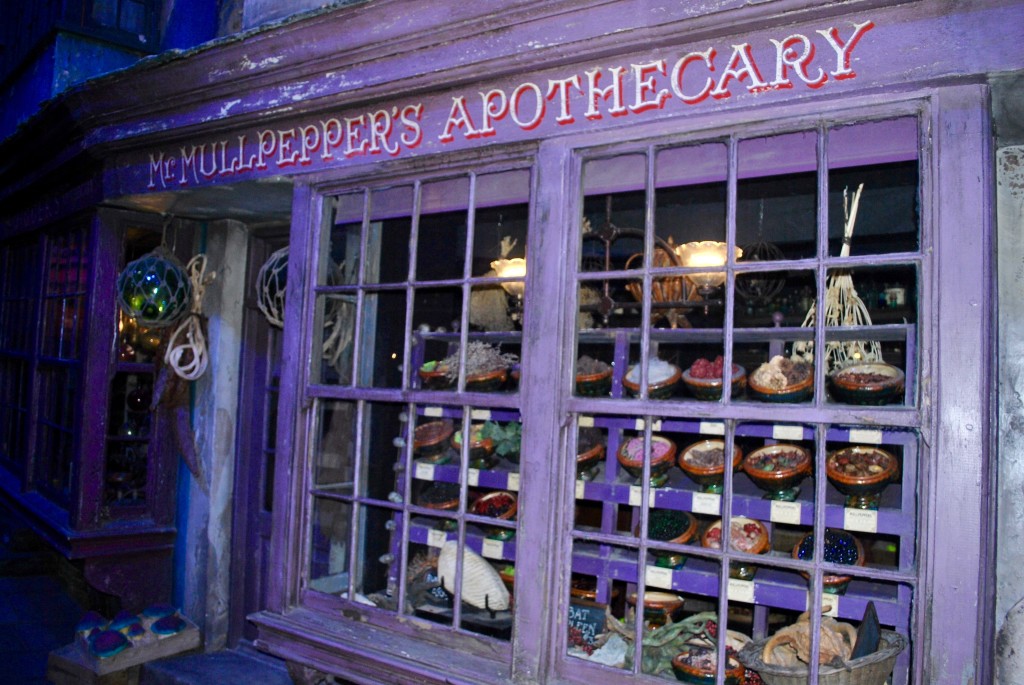 All the shopfronts were staged as if it was a “hot set”, meaning it’s ready to be filmed.
All the shopfronts were staged as if it was a “hot set”, meaning it’s ready to be filmed.
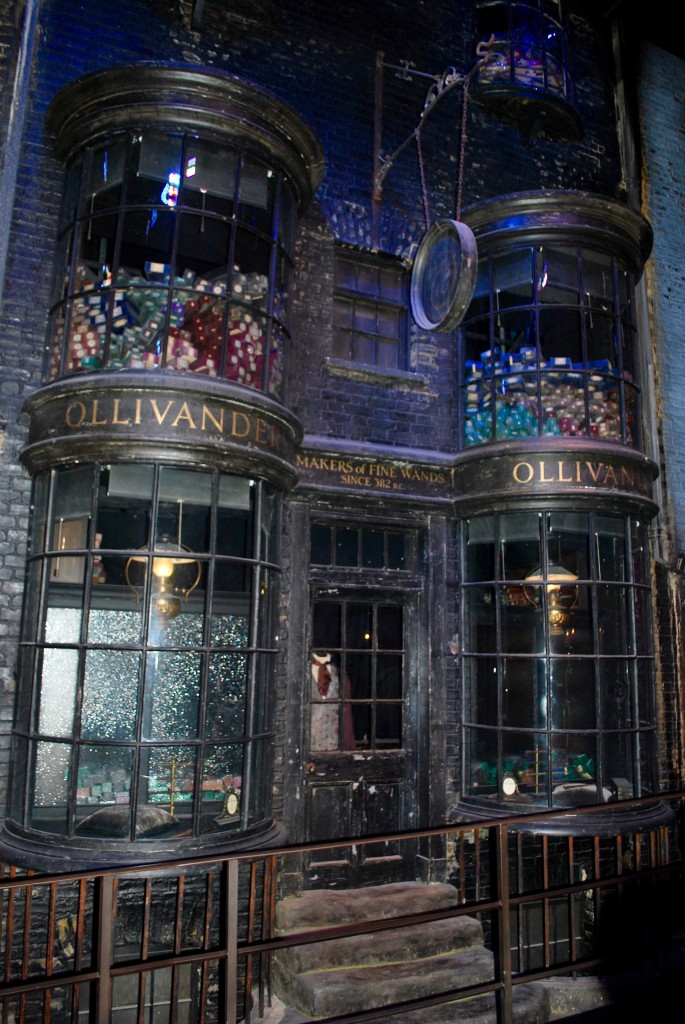 Ollivanders was home to more than 17,000 individually labeled wand boxes!
Ollivanders was home to more than 17,000 individually labeled wand boxes!
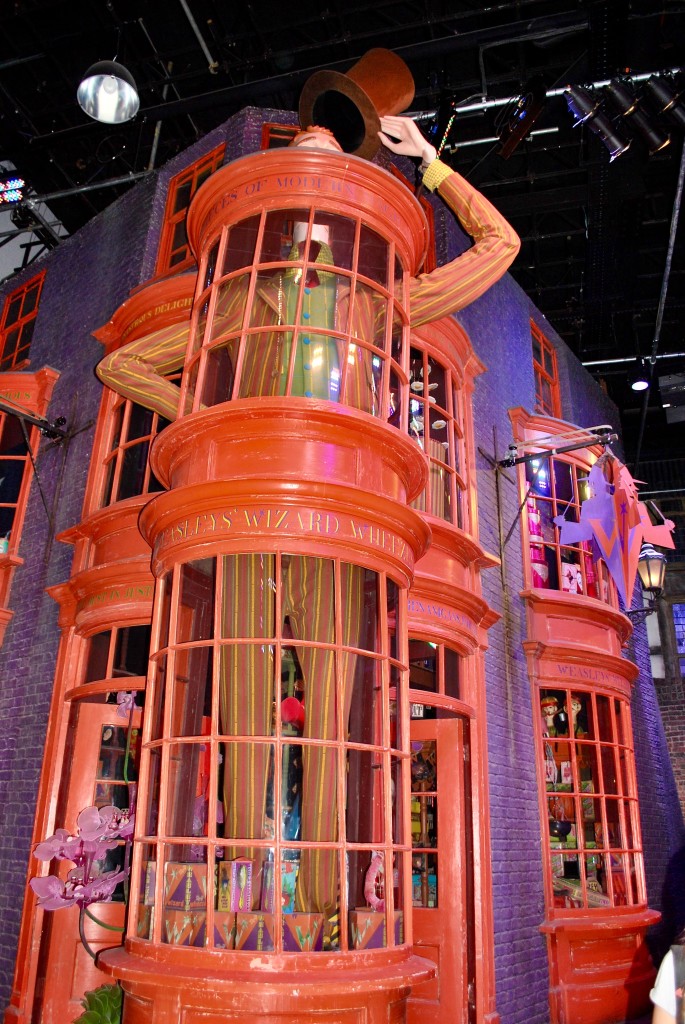 Fred and George’s joke shop contained 120 unique and individually designed products for sale.
Fred and George’s joke shop contained 120 unique and individually designed products for sale.
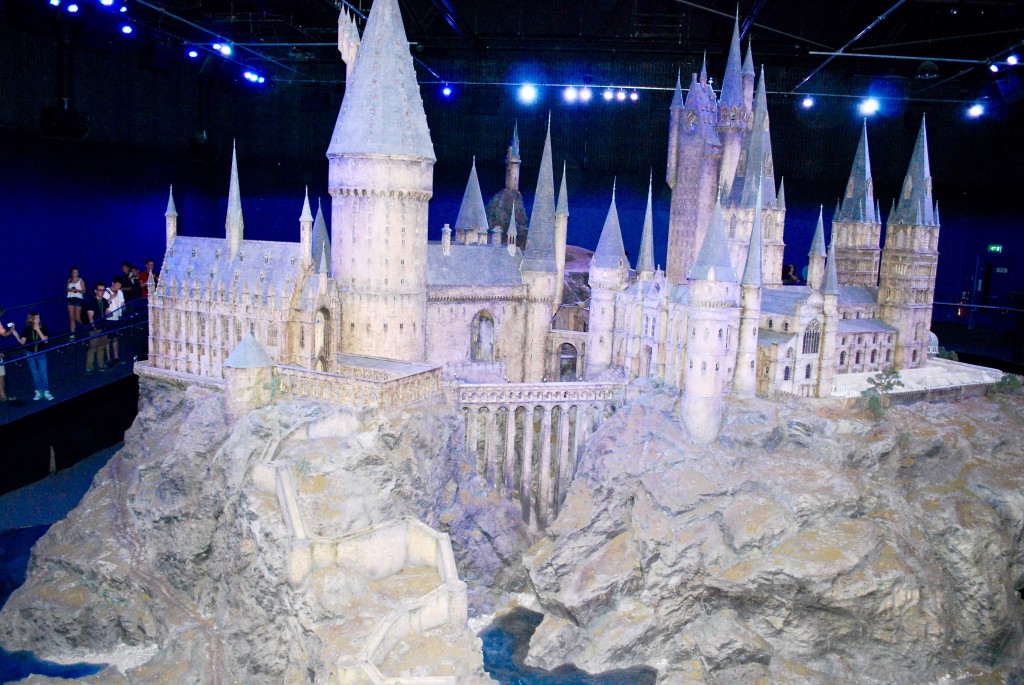 Perhaps saving the best for last, the tour wraps up with this 1:24 scale model of Hogwarts Castle, and it was breathtaking! You could walk around the entire thing on a ramp allowing you to really take it all 360 degrees of detail. Footage of this meticulously built model was combined with digital effects to create the unforgettably realistic views of the exterior of Hogwarts.
Perhaps saving the best for last, the tour wraps up with this 1:24 scale model of Hogwarts Castle, and it was breathtaking! You could walk around the entire thing on a ramp allowing you to really take it all 360 degrees of detail. Footage of this meticulously built model was combined with digital effects to create the unforgettably realistic views of the exterior of Hogwarts.
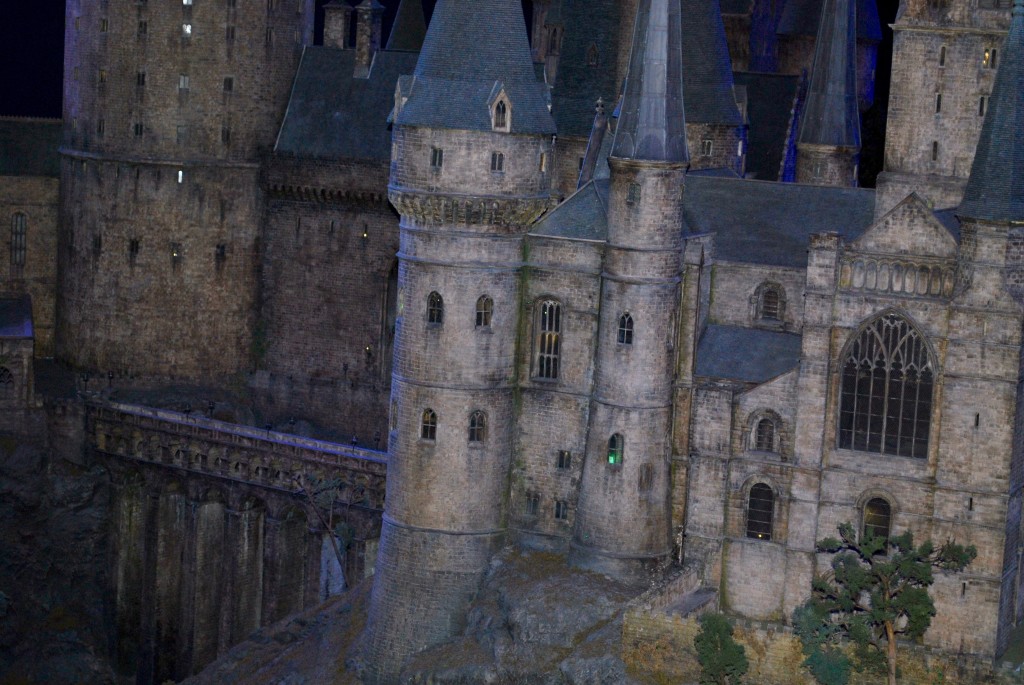 A team of 86 artists created the model. To make Hogwarts appear even more realistic, miniature versions of courtyards and towers inspired by Alnwick Castle (we’ve been there!) and Durham Cathedral where scenes from the first film were shot. The Hogwarts landscape is inspired by the Scottish Highlands.
A team of 86 artists created the model. To make Hogwarts appear even more realistic, miniature versions of courtyards and towers inspired by Alnwick Castle (we’ve been there!) and Durham Cathedral where scenes from the first film were shot. The Hogwarts landscape is inspired by the Scottish Highlands.
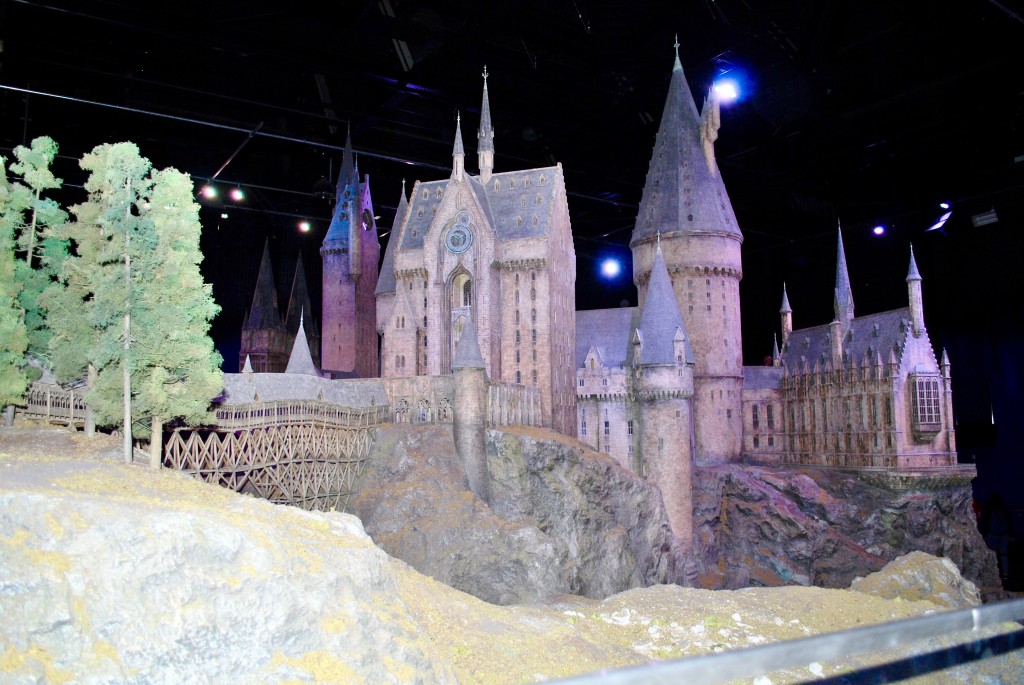 There are more than 300 fiber optic lights installed in the model to simulate lanterns and torches inside the school. To create an even more realistic atmosphere, real gravel was used for the boulders and real plants were used for the landscaping of the castle. Anytime you see an exterior shot of Hogwarts Castle in one of the films, it’s likely this model.
There are more than 300 fiber optic lights installed in the model to simulate lanterns and torches inside the school. To create an even more realistic atmosphere, real gravel was used for the boulders and real plants were used for the landscaping of the castle. Anytime you see an exterior shot of Hogwarts Castle in one of the films, it’s likely this model.
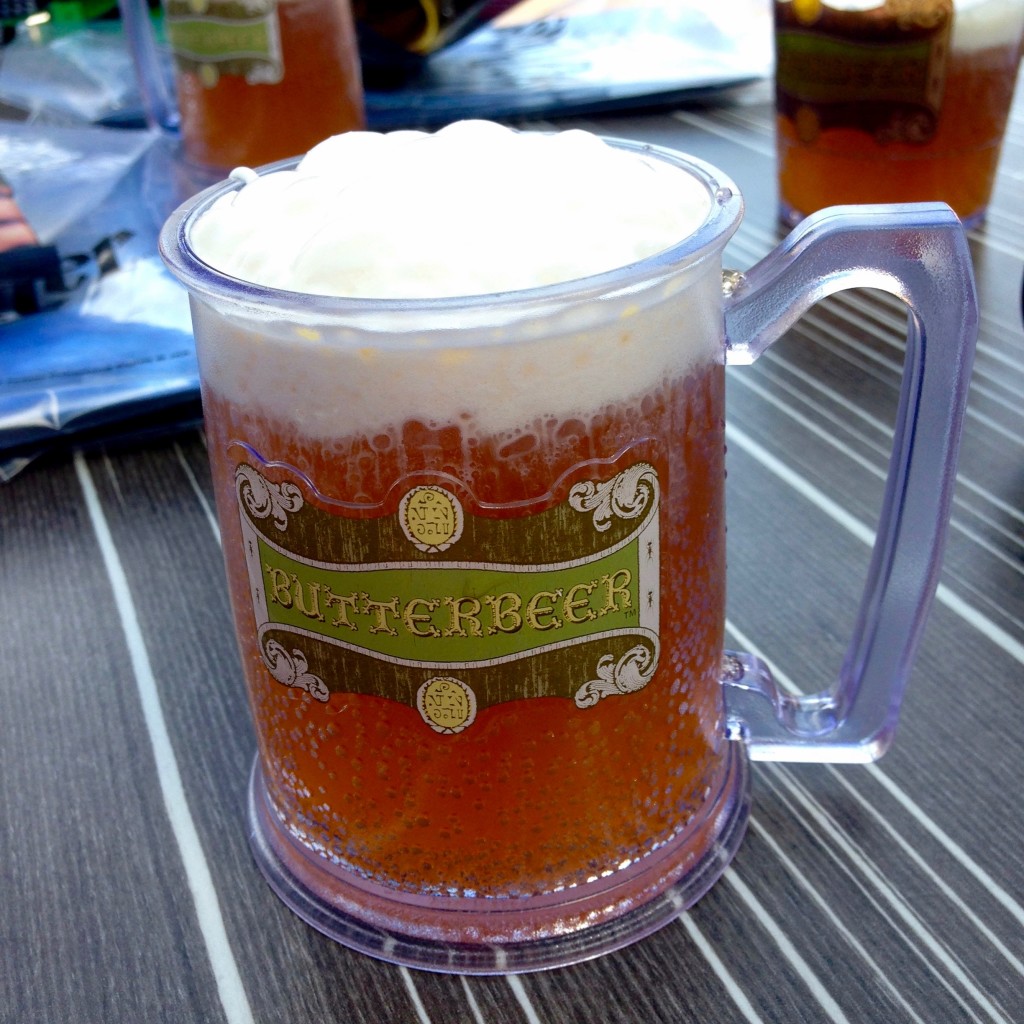 And it wouldn’t have been a trip to Hogwarts without grabbing a butterbeer! It was delicious.
And it wouldn’t have been a trip to Hogwarts without grabbing a butterbeer! It was delicious.
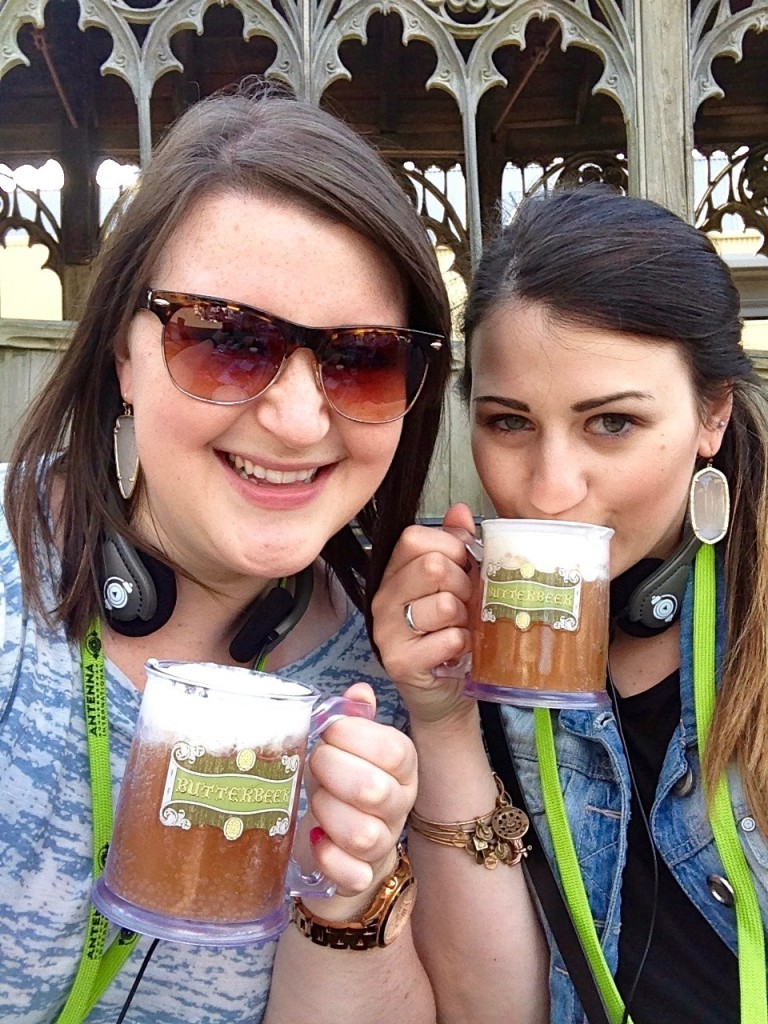 Sorry it was such a long post, I just couldn’t bear to leave anything out!
Sorry it was such a long post, I just couldn’t bear to leave anything out!
Since we’ve visited, they’ve unveiled a 20,000 sq ft expansion featuring the Hogwarts Express and Platform 9 3/4. Guess we’ll just have to make another trip! 🙂
Are you a fan of Harry Potter? Would you (or have you) take the tour? Leave us a comment and let us know
-Ashley xx
*Some of the facts and tidbits included in this post come from The Making of Harry Potter Official Guide

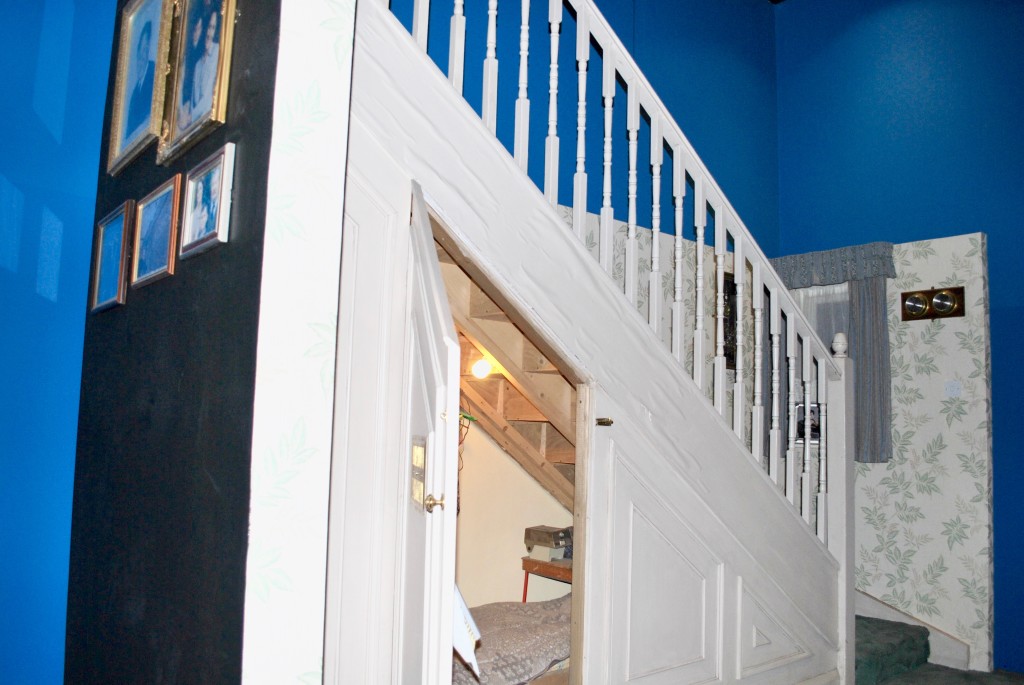
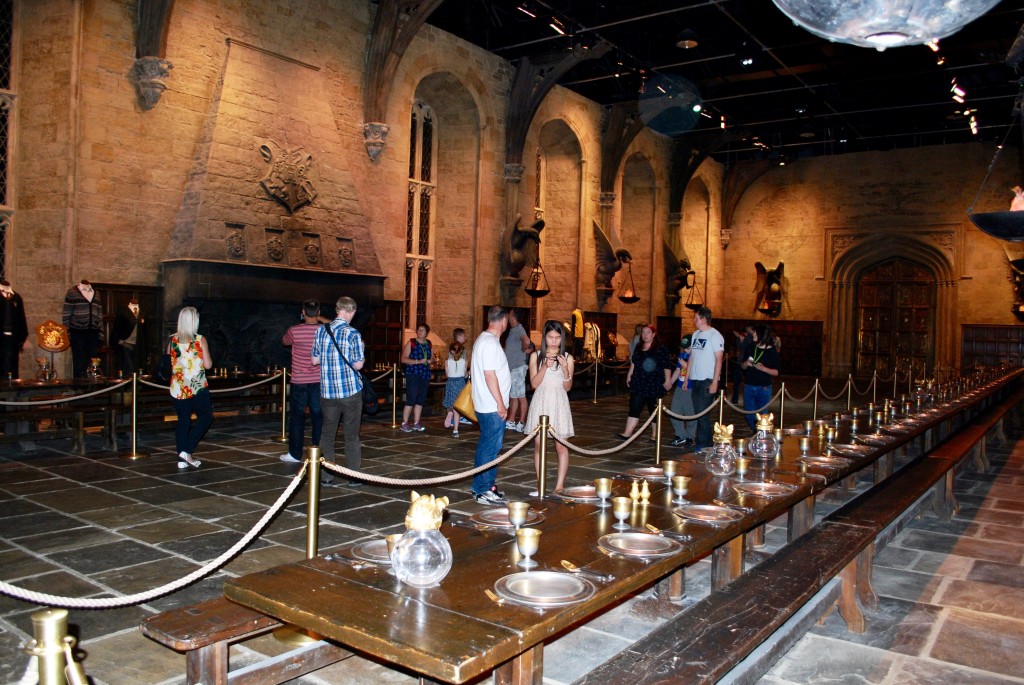

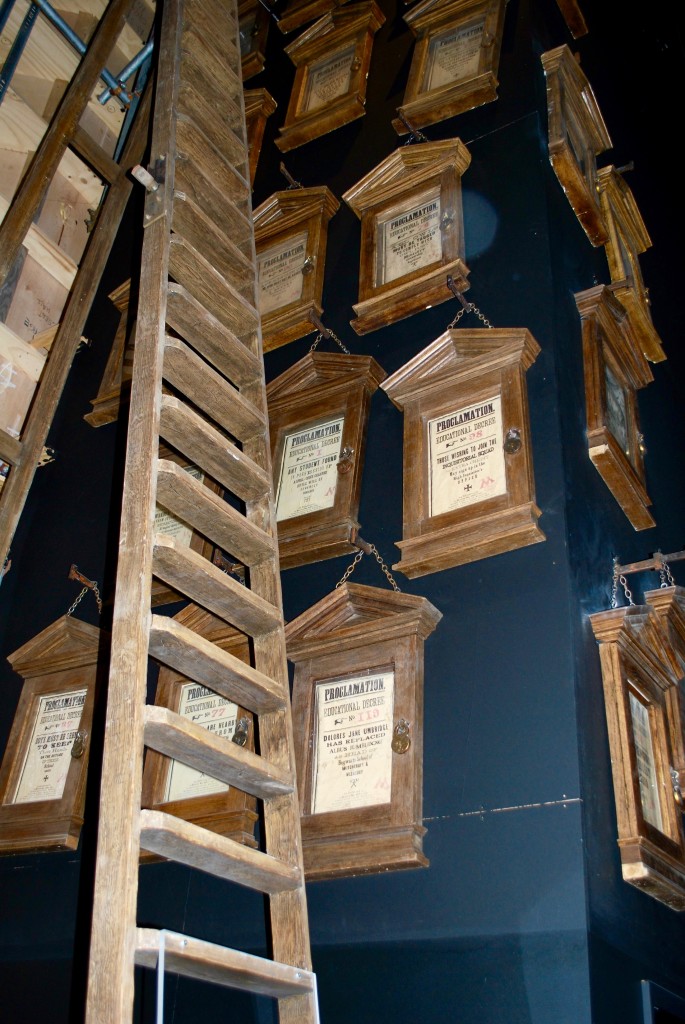
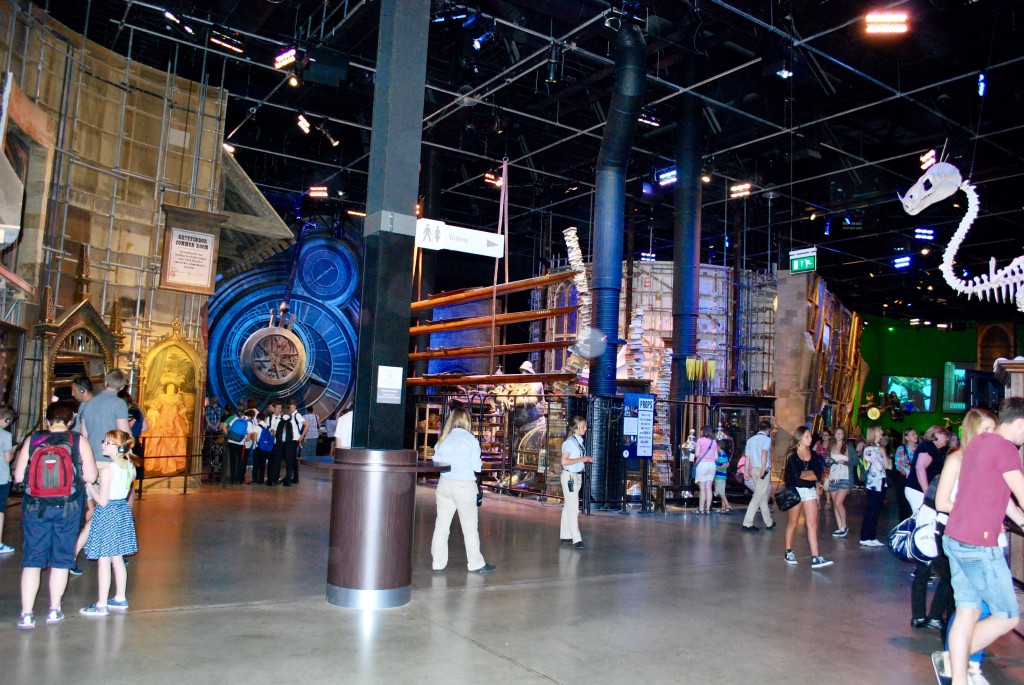
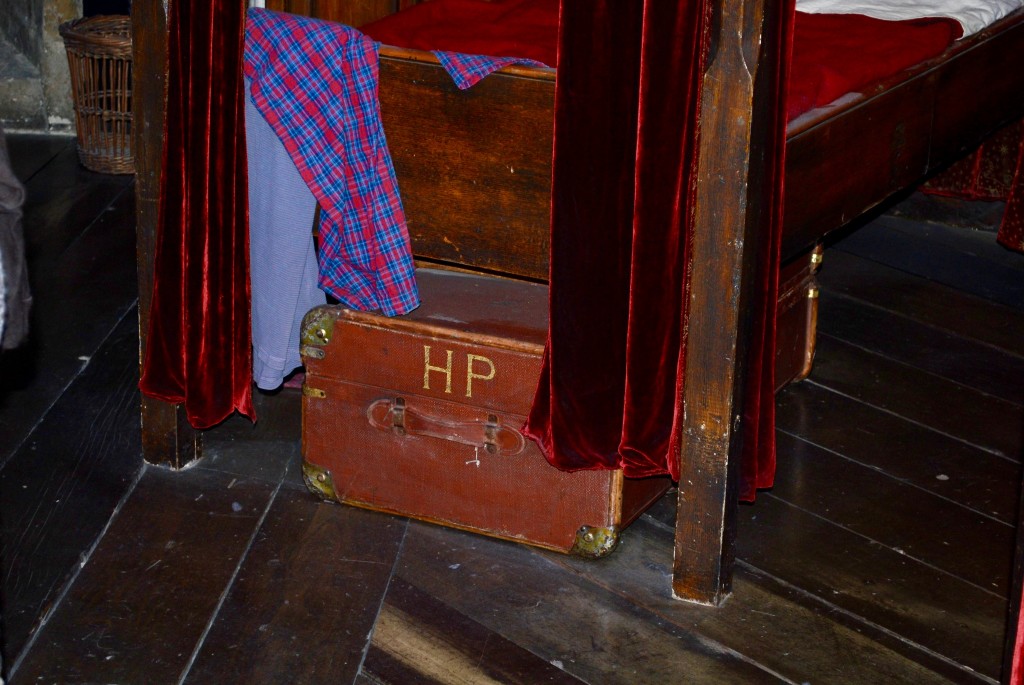
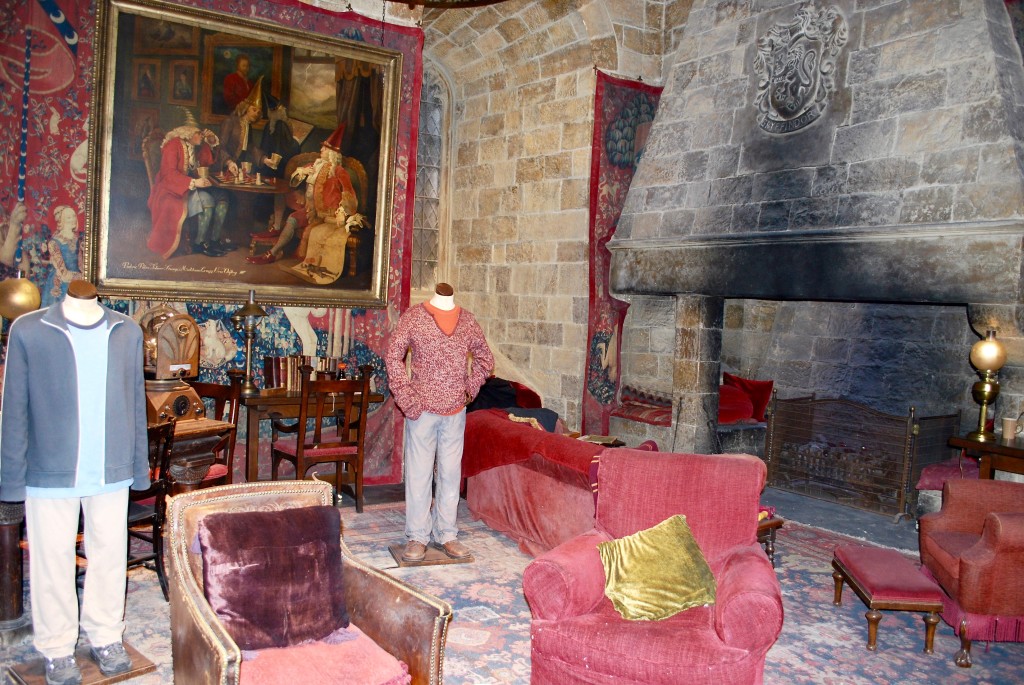
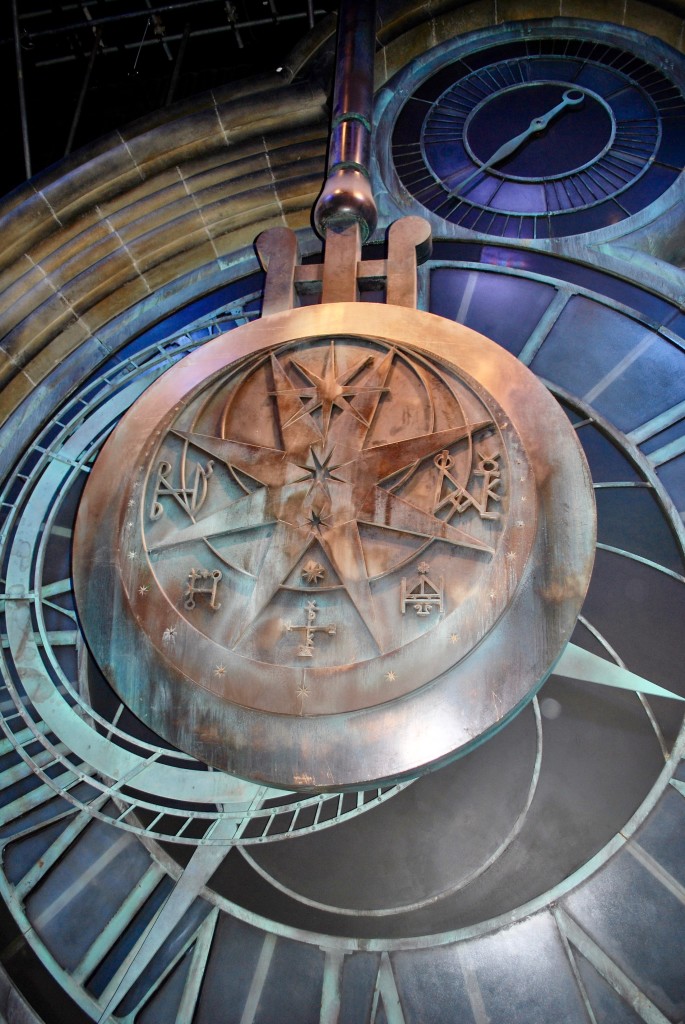
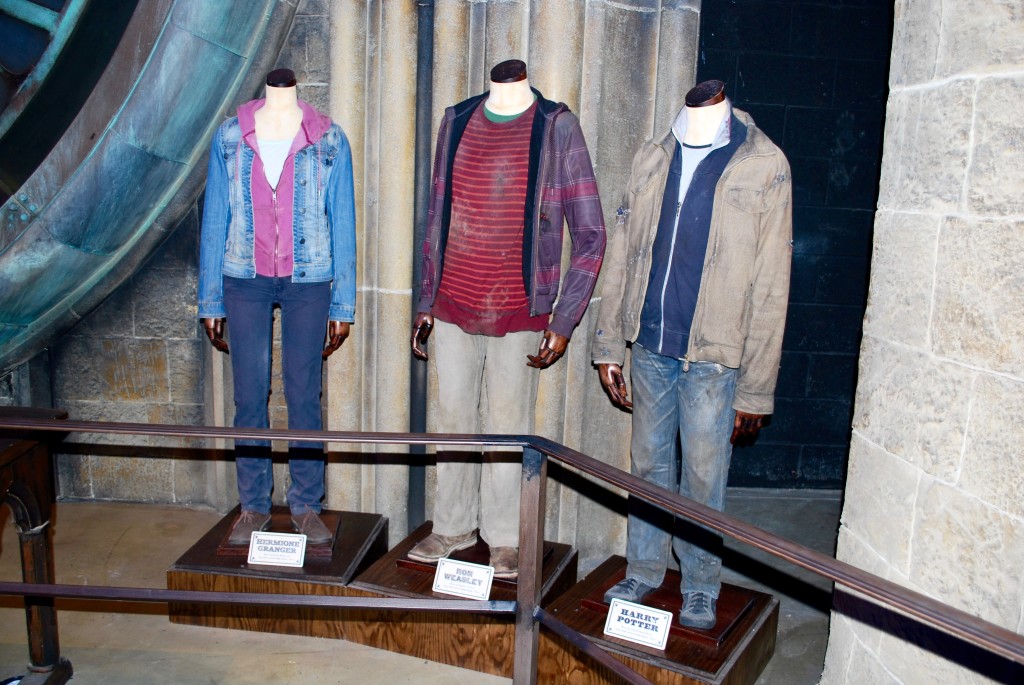

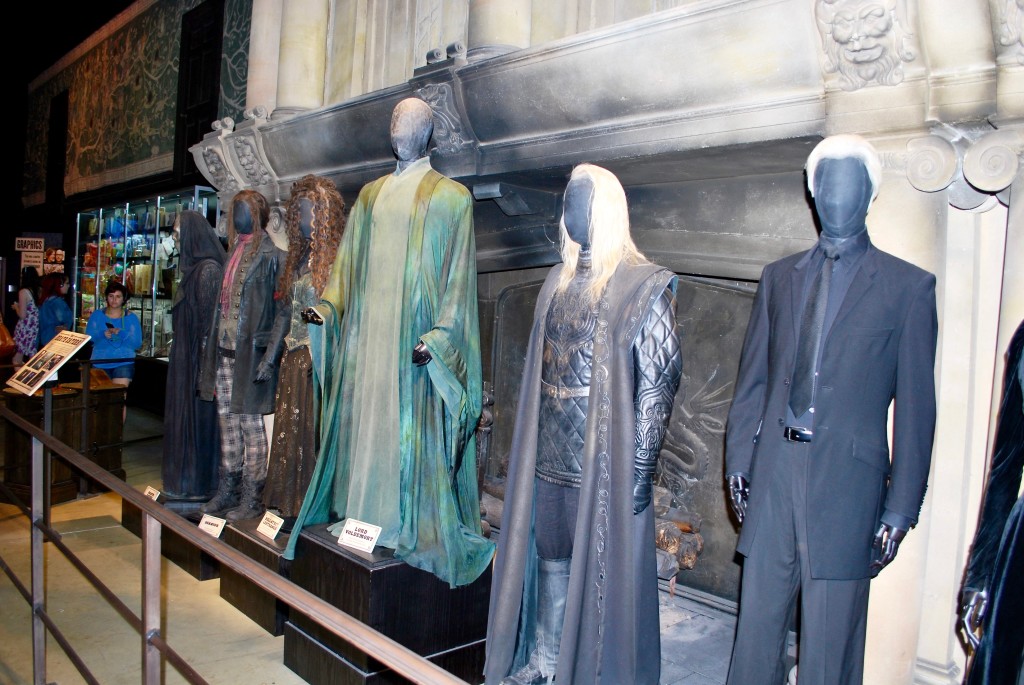

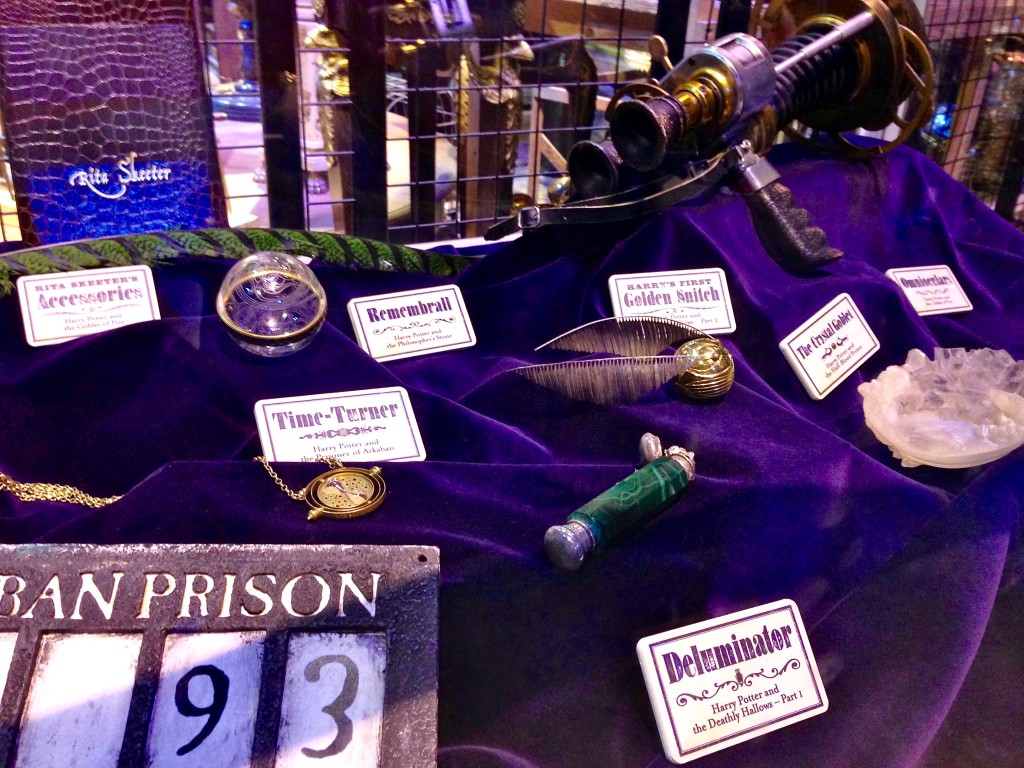
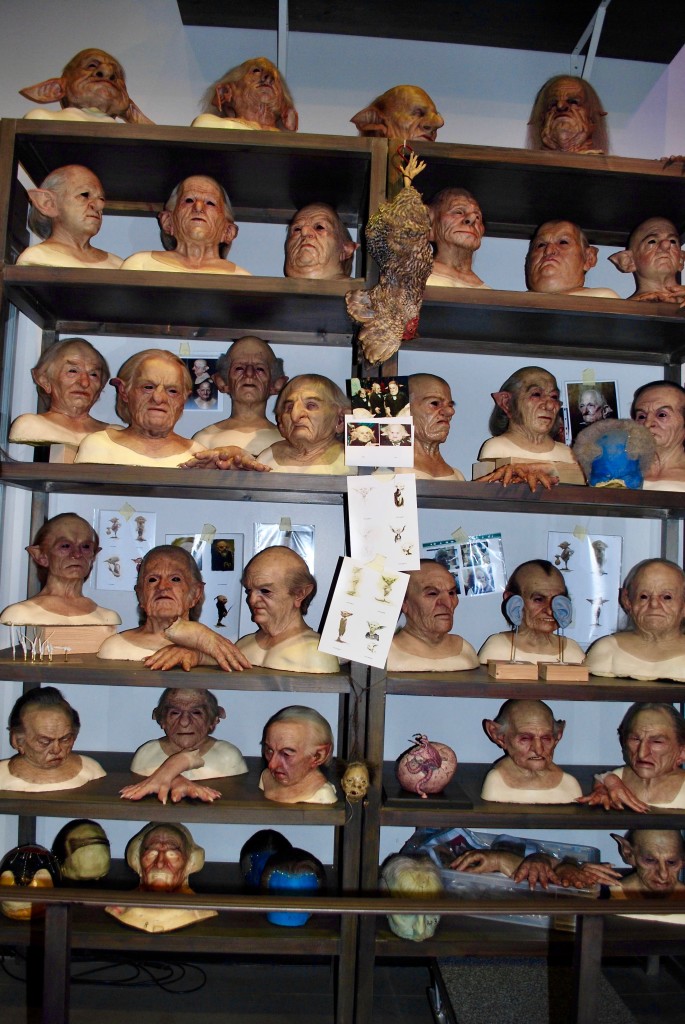
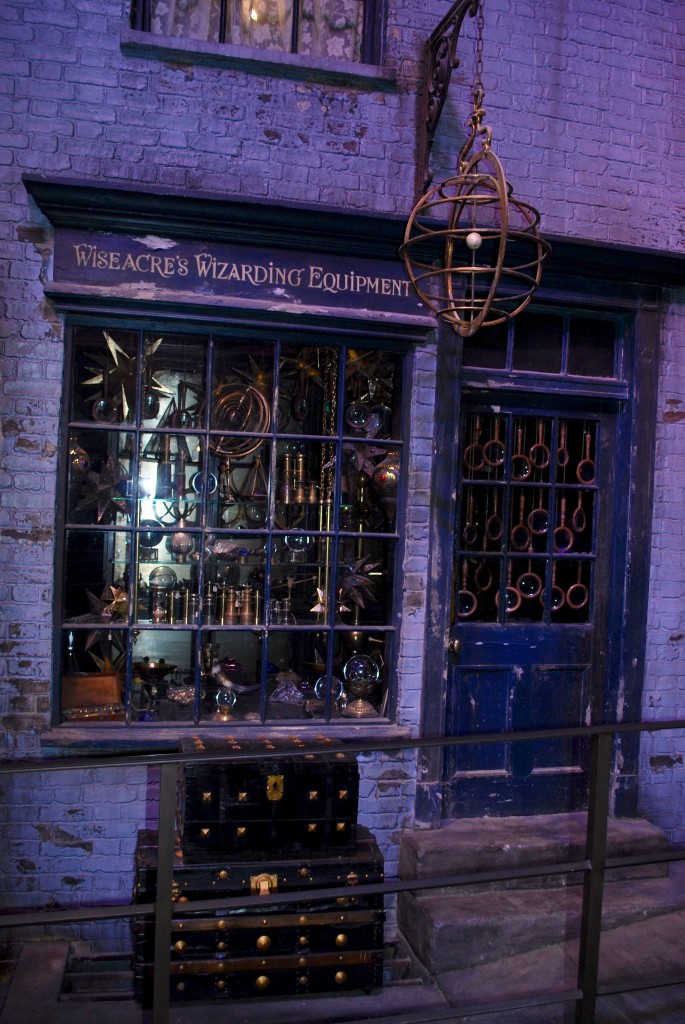
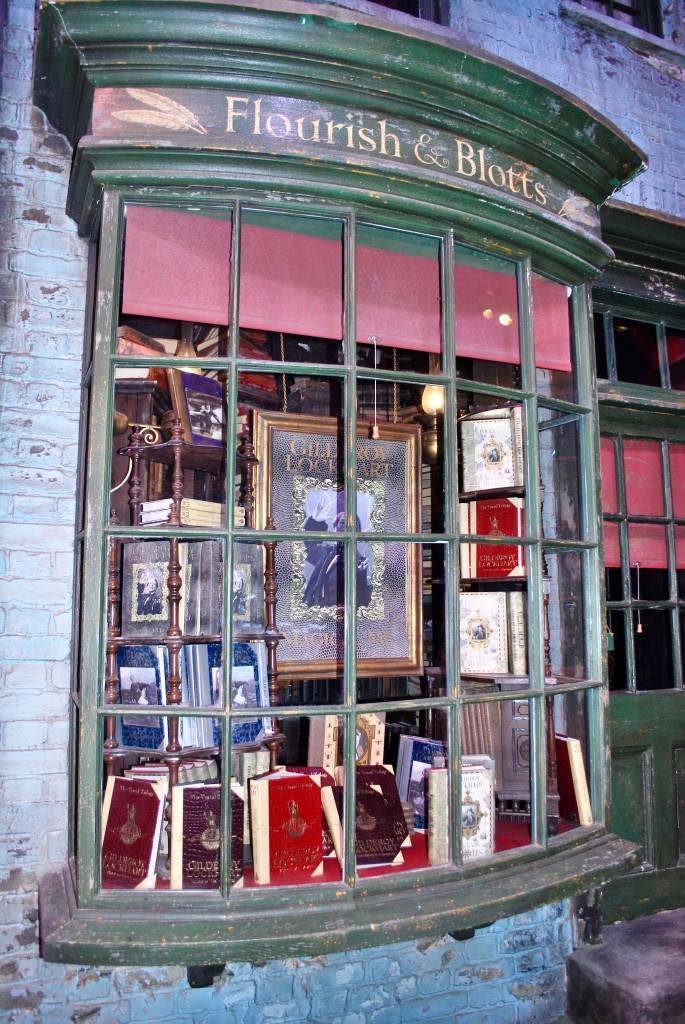

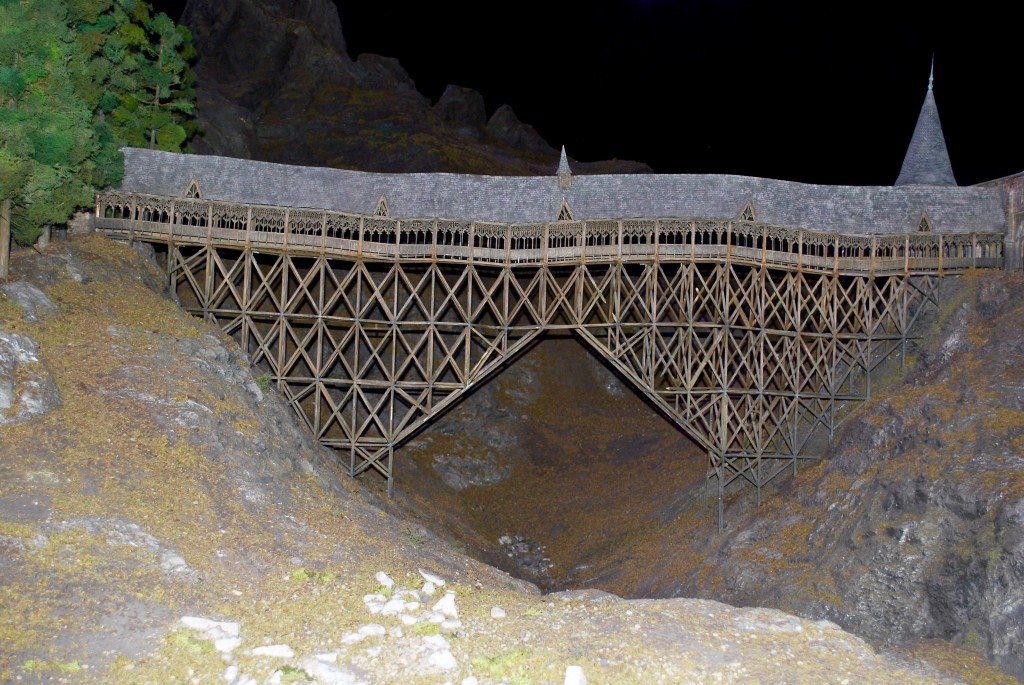
My heart was racing as I read this post! I want to go to there!!!
I might be a bit of a Harry Potter Nerd, but this is the coolest thing ever! I am going to put it on my list of places I want to visit one day.